Quick Links
Say what you will about the Fallout franchise under Bethesda, the games really enjoyed sticking a ton of references to things within themselves. Whether that’s pop-culture nods, developers taking jabs at the studio, or references to other games and characters in the series, there’s always something to notice. One of the particularly fun easter eggs is the Lovecraftian stuff.
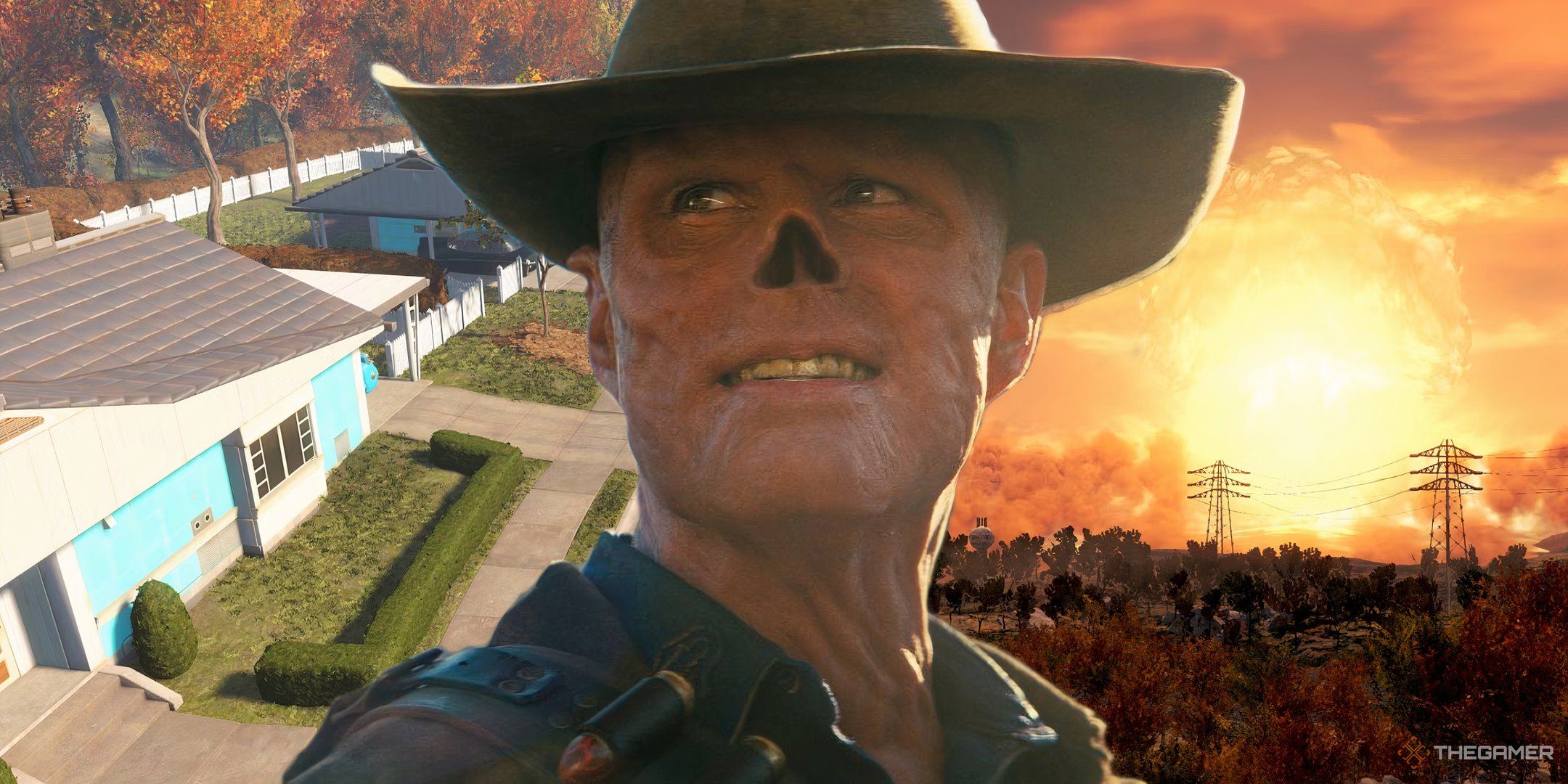
Related
A Guide To Understanding The Fallout Timeline
A lot has happened in the Fallout universe. Here’s a guide to help you understand the important events of Fallout’s extensive timeline.
It’s not exactly heaving at the sides with H.P. themed things, but there are a few little tidbits here and there if you know where to look. Or just happen to accidentally stumble upon it. If you’re interested in hunting down some haunted looking habitats, or looting some lovecraftian lore inspired locales, then here’s every H.P. Lovecraft reference in the Fallout games so far.
Why Are There Lovecraft References In The Fallout Games?
It’s not a particularly difficult topic to get into, but it’s worth at least answering the most obvious question. The reason the devs put Lovecraft references in the Fallout games is pretty simple, because they can.
After all the games have had the likes of aliens, AI that’s gained sentience, cannibals, giant monsters, men wearing robot suits that think they’re superheroes, a group based on Elvis, robots controlled by convict brains, and much more odder things in there.
Filling out the horror side of things with some Lovecraftian eldritch terror only makes sense as it really fits the theme of strangeness that the games lean into.
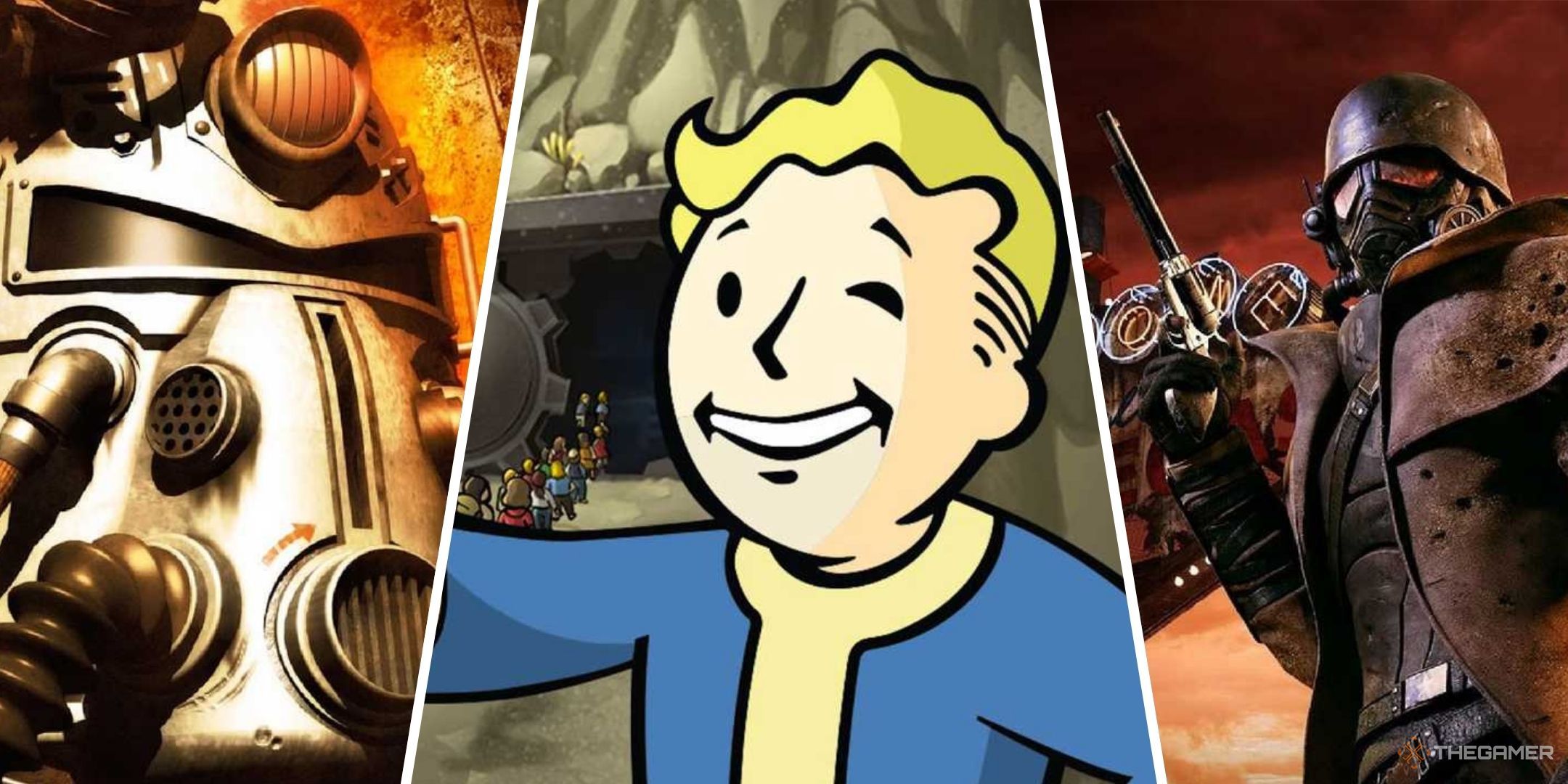
Related
How Long Would It Take To Complete Every Fallout Game?
If you’re planning to 100 percent the whole of Bethesda’s wasteland, you’ll need plenty of time on your hands.
Plus, it allows the developers to get pretty creative and weird with the types of things they can have you encounter since Lovecraft’s works regularly feature things out of normal reality that often don’t make sense. So it fits perfectly.
Bethesda put “Shadow Over Hackdrift” in Oblivion, a reference to “The Shadow Over Innsmouth”. And also developed Call of Cthulhu. So it’s not that far out of their wheelhouse to reference Lovecraftian horrors as there’s clearly a lot of love for his works in the studio.
How Many Lovecraft References Are There?
Overall there’s quite a lot of references to good old H.P. that you can find with little to no trouble depending on your level, loadout and general luck.
Here’s what you can look forward to if you go out hunting for some interdimensional horror.
Worth noting is that there aren’t any Lovecraft references in the original Fallout games as those were made by different teams over the years. Though they did have the occasional ghost and lots of body horror.
Fallout 3
Fallout 3 broke the mold when it came out. Shifting gameplay to a first person perspective, whilst also deploying an unexpected all-star voice acting cast. It had a lot going for it just in the base game, and it was full of oddities and strange supernatural moments.
Then the DLC’s came along, and one in particular absolutely nailed the homework assignment in terms of perfectly capturing that eldritch eeriness. The later games would go on to include more strangeness, but here’s what we found in the third game.
The Dunwich Building
First things first, if you bring up H.P. Lovecraft in Fallout 3, everyone always points with a trembling finger to the Dunwhich Building. It’s a seemingly normal looking spot that, before the DLC, was the only way to get a bit of inter-dimensional uncertainty in the game.
But once you stepped inside its doors it didn’t take long to realize that things were not as they first seemed. Found on the far off south west of the map, according to the ingame lore the Dunwhich Building was owned by the Dunwhich Borers company.
Don’t worry, we’ll get to The Dunwhich Borers Company. They pop-up again in Fallout 4.
Within this derelict heap of offices are a series of audio logs hidden within a locked computer in the middle of the building. These are notes kept by one of the company’s execs that cover office operations before, during, and after the bombs fell. Along with sounds of the inhabitants becoming Feral Ghouls as the background radiation mutated them.
It’s already quite unsettling, but the true terror lies below. Underneath the building is a cavern with a strange obelisk that’s covered in vines and is extremely irradiated. Around this object are Feral Ghouls, one of which is the previously heard Executive, all praising the obelisk.
Fun fact, the Ghoul exec mentions the name Alhazred, who in Lovecraftian lore was a recurring character and author of the Necronomicon.
If the game volume is high enough a strange voice praising a deity known as Ug-Qaualtoth can be heard. A creature that will be referenced once again later in the Point Lookout DLC and other future Fallout games.
Point Lookout’s Blackhall
Fallout 3’s DLC’s were a little hit and miss, but by far one of the good ones is Point Lookout. A seemingly barren island, but once you stepped out from the safety of your schooner it became clear that the land was anything but vacant. Cults, mutants and worse were out there, and it was a spooky time for all.
The main Lovecraftian hook in the DLC that we’re looking into though is Blackhall and the Krivbeknih. For those unfamiliar, Blackhall is a large dilapidated family manor on Point Lookout that belonged to a rich influential family that helped commercialize the area before the bombs fell. Their book, the Krivbeknih, was said to be a highly occult and powerful tome.
The locals of Point Lookout are referred to as having the “Point Lookout Look”, which refers to their mutations and is a reference to Lovecrafts “Innsmouth Look”.
It was stolen from the last surviving member of the family Obidiah Blackhall, a now elderly man who’s confined to a wheelchair that’s regularly heavily medicated. The book was then worshipped by the demented islander cults, and in the quest The Dark Heart of Blackhall you can retrieve and then potentially destroy this evil book.
The Krivbeknih was said to have unnaturally extended the lifespan of the holder, and was regularly used in dark rituals in the swamps by the ancestors of those in Blackhall.
If the book is retrieved in the quest, the two results are;
- The book is taken back to the Dunwhich building in the Capital Wasteland and burned in front of the obelisk.
- The book is returned to the surviving Blackhall family member Obadiah, who can then be found in a hidden altar beneath the family home sacrificing a local islander to Ug-Qaultoth. His seemingly ill-health was a total charade all along.
It’s a fun and dark quest that goes to some strange places to retrieve what’s essentially the Fallout universe equivalent of the Necronomicon. An evil book said to alter one’s sanity should they read from, or have it in their possession. It’s a prominent tome of unspeakable horror and power in the Lovecraft universe.
Uq-Qaultoth also makes another appearance in the Fallout 4 tabletop game book Winter of Atom.
In this tale a splinter faction of the Children Of Atom led by a maniacal leader gains access to a similiar looking otherworldly obelisk underneath an old church that can alter reality, control minds and more. The obelisk is found in a city that’s said to predate human civilisation, and contains technology beyond our abilities.
The Necronomicon also is the magical evil book antagonist of the Evil Dead movies.
Fallout 4
Fallout 3 had a few spooky things here and there, but Fallout 4 really took what worked when it came to unsettling us and expanded upon it.
This time around we’ve got more lovecraftian areas to explore that aren’t too hard to find, plus an entire DLC that basically gave the game a survival horror mode. If you’re looking for more Lovecraft, here’s what you can find in Fallout 4.
Dunwhich Borers
So right out of the gate we’ve got the Dunwhich Borers, a name that will be familiar to you as it’s the same Borers that are mentioned in the Dunwhich Building in Fallout 3. It’s a nice link back to the previous game and just further cements the company as being one that has a bad run of luck with subterranean old gods.
The Borers themselves are found in a marble quarry toward the northeastern end of the map, just before Salem and to the east of The Slog. Its exterior has Raiders, but the interior is where things start to get weird.
Before the war the quarry was notorious for its unsafe operations, high demand on the workers, as well as low pay and undermining cost-cutting measures that knee-capped the workforce. Despite the company raking in the profits, onsite accidents were common, and children were often employed, or discovered in pieces at the bottom of excavation shafts.

Related
As it turns out, the ruthlessness was because the company wasn’t after profits from marble, but access to a long forgotten temple to a dark god. The temple would be found, and sacrifices to the dark god Ug-Qaulthoth began in earnest with those committing the rituals turning into Feral Ghouls over time.
After the war, the events that transpired can be discovered through audio logs and vivid flashbacks as you progress through the quarry to the temple at the bottom. Inside lies a sacrificial altar and a submerged pit that if swam down reveals a giant stone face and a powerful dagger to loot.
The dagger is called Kremvh’s Tooth, and it comes with a mod called Sacrificial Knife that inflicts poison and bleed.
Overall, the Dunwhich company is a reference to the Dunwhich Horror, a Lovecraft tale of a family on an isolated farm that uncovers a dark presence known as Yog-Sogoth. An entity that rewards forbidden eldritch knowledge to those that please it.
If you stick on NoClip and follow the face, you’ll find that the model is part of a much larger bust that’s been sunk into the ground. Perhaps that’s all the worshippers could recover before they became Feral Ghouls.
Pickmans Gallery
Next up we have Pickman’s Gallery. It’s a lovely serial killer themed quest involving an artist that’s plagued by an otherworldly entity. Found north of Goodneighbor, there’s a seemingly unspecial building that houses a horrible secret. Within is a gallery of gore, body parts and gruesome tableau’s with the artist behind it residing in the basement battling some Raiders.
The location is of course inspired by Pickman’s Model, a Lovecraft short about an artist in Boston that created fantastic artworks that were also incredibly graphic and terrifying. In the tale the artist later goes missing, and after an investigation by his friends it’s found that the things he painted were based on real things he saw, not pulled from his imagination.
Cabot House
Settle in, because this ones a little long. The Cabot House is a strange manor found within Boston that’s home to a family of three, Jack Cabot, his sister, and his mother. At first you’ll be performing a few errands for Jack, but after a while he’ll initiate the Secret of Cabot House quest.
Here Jack reveals his family are over 400 years old, and have remained that way thanks to a strange goop that’s based on the blood of the family patriarch Lorenzo Cabot. Seems Lorenzo was an avid archeologist before the war, and after uncovering a strange artifact in a desert tomb, his physiology was forever altered.
The object, a crown as it’s revealed, has bestowed Lorenzo with dark knowledge, strange powers, and of course his longevity that his family parasitize off for themselves. Jack tasks you with retrieving more of the substance, whilst Lorenzo is trapped under Parsons State Asylum. Forever guarded by mercenaries whilst Jack works on a cure.
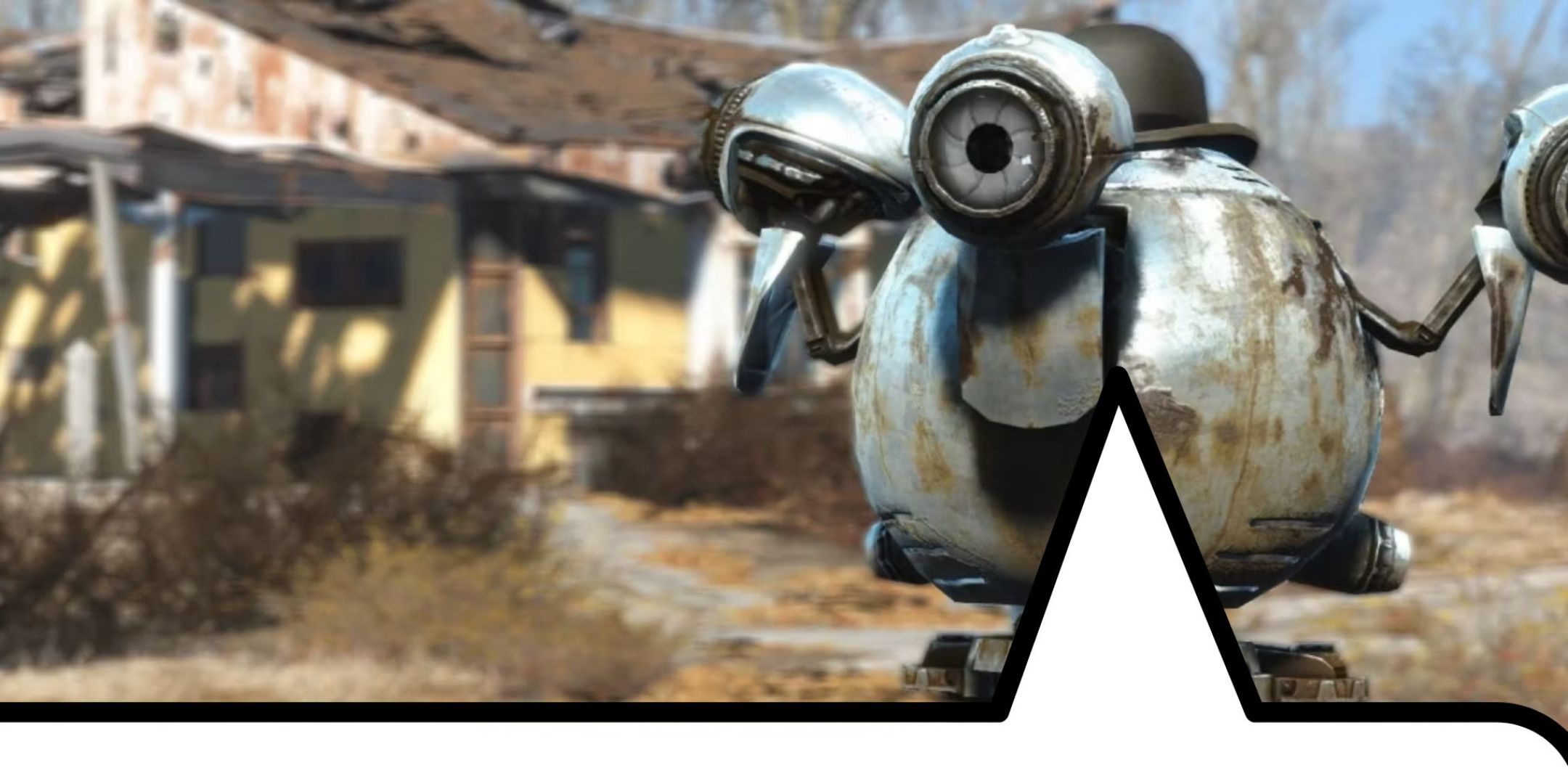
Related
Every Name Codsworth Can Say In Fallout 4
You’re more than just a sole survivor; you have a name, and Codsworth may be able to call you by it.
Though in reality he’s just using his father for immortality as he knows if dear old dad got out he’d just become another monster of the wasteland.
Which is true as Lorenzo badly wants revenge on his kin.
Whilst not having a direct inspiration from Lovecraft’s works, the name of Cabot is often thought to be a nod to the Cabot Museum in Boston within H.P. ‘s short story Out Of The Aeons. Other than that, the whole tale of an archeologist unearthing a weird crown that lets them talk to the old gods is something that is straight out of Lovecraft’s playbook. Plus, the quest itself is interesting and has multiple ways to play out.
Kingsport Lighthouse
This is a quick one, but Kingsport Lighthouse on the east coast is worth a look for some Lovecraft vibes. Not only is Kingsport a fictional town used by Lovecraft in a lot of his stories, but the setup of the lighthouse is pretty spooky.
It’s a Children Of Atom haunt, and at the top of it is a Glowing One Ghoul that you’ll need to dispatch if you want to claim it as a sanctuary. With the whole, strange cult by the sea led by a wholly corrupted leader at its top, you get a real Shadow Over Innsmouth feeling for a brief time.
Some fans theorise that the Children of Atom (COA) are a reference to Lovecraft as well. He wrote about a creature called “The Glow”, whilst the COA are a cult that worship a vague and world ending “glowing being” through the Atom Bombs.
Far Harbor DLC
Whilst the rest of Fallout 4’s DLC was considered generally underwhelming, the top pick of the bunch is Far Harbor. It added a whole new island that was covered in an eerie irradiated mist known as Atoms Veil by the local Children Of Atom cult. Or The Fog as it’s more commonly known by the fishing communities struggling to survive on the isle.
Further within the island lay the Deep Fog, and within that was deadlier radiation pockets and mutated monstrous aquatic creatures. So it was already oozing Lovecraftian eldritch terror right out of the gate. But it doesn’t stop there, because this reference is a little layered.
First off, the DLC was inspired by a mixture of Stephen King’s works like The Mist and his other stories based around the state of Maine. However, King himself cites H.P. Lovecraft as his main source of creativity for his books.
Next, as we already mentioned the local Children Of Atom worship an energy based otherworldly entity, and having a cult following something odd on a big isolated island is right up Lovecraft’s street. So we can safely gesture to the whole of Far Harbor and say that it’s H.P. Lovecraft approved and a big old reference in itself.
Fallout 76
Last in our list is Fallout 76. At first it was thought by many that there weren’t any Lovecraftian references to dig up in this game. But since the map is so massive, and the game took a long time to add a bunch of content, it was a while before anything was found.
But there is something as it turns out, and it’s a good sign as it could mean there may be more in the pipeline, or other secrets the community hasn’t found yet. Here’s where you should go hunting.
The Lucky Hole Mine
In the greenery of Appalachia in Fallout 76 your only real Lovecraft reference you’ll run into is over at The Lucky Hole Mine. It’s similar to the Dunwhich Borers situation, but instead of miners it’s a splinter group of the Mothman Cult.
Known as the Firstborn Of The Wood, they worship a being known as The Interloper that works through a conduit known as The Chosen.
The other Mothman splinter faction would become The Enlightened. A group that would visit Appalachia seasonally as part of an ingame yearly event.
This supposed entity they cared so much about came from a strange giant statue found within a room called the Interlopers Chamber at the bottom of the mine.
Fun fact, it’s also the same one found within the Dunwhich Borers hidden temple.
Either it’s the same head, or another one is unsure. But considering how often the game rips out and reuses assets from Fallout 4, it’s safe to assume it’s the same statue model being used behind the scenes.

Related
How Long Would It Take To Complete Every Fallout Game?
If you’re planning to 100 percent the whole of Bethesda’s wasteland, you’ll need plenty of time on your hands.
Along with a recurring cameo from our old friend Ug-Qaultoth, the Interloper is also a creature mentioned fairly frequently in Lovecraft’s works. It’s often an entity, or representative and harbinger of the old gods that lay just beyond the veil.
The leader of the Cult of The Mothman, Brother Charles, is blind, paraplegic and has an enlarged cranium from exposure to their deity. Mutation from dark god worship is another common Lovecraft theme.
It’s also fitting that the Interloper is worshipped by the Cult of The Mothman, the game’s resident nutballs that love anything remotely resembling an interdimensional horror. With how not-of-reality the Mothman feels, it seems it wasn’t hard for them to make the jump to a new deity not of our world.
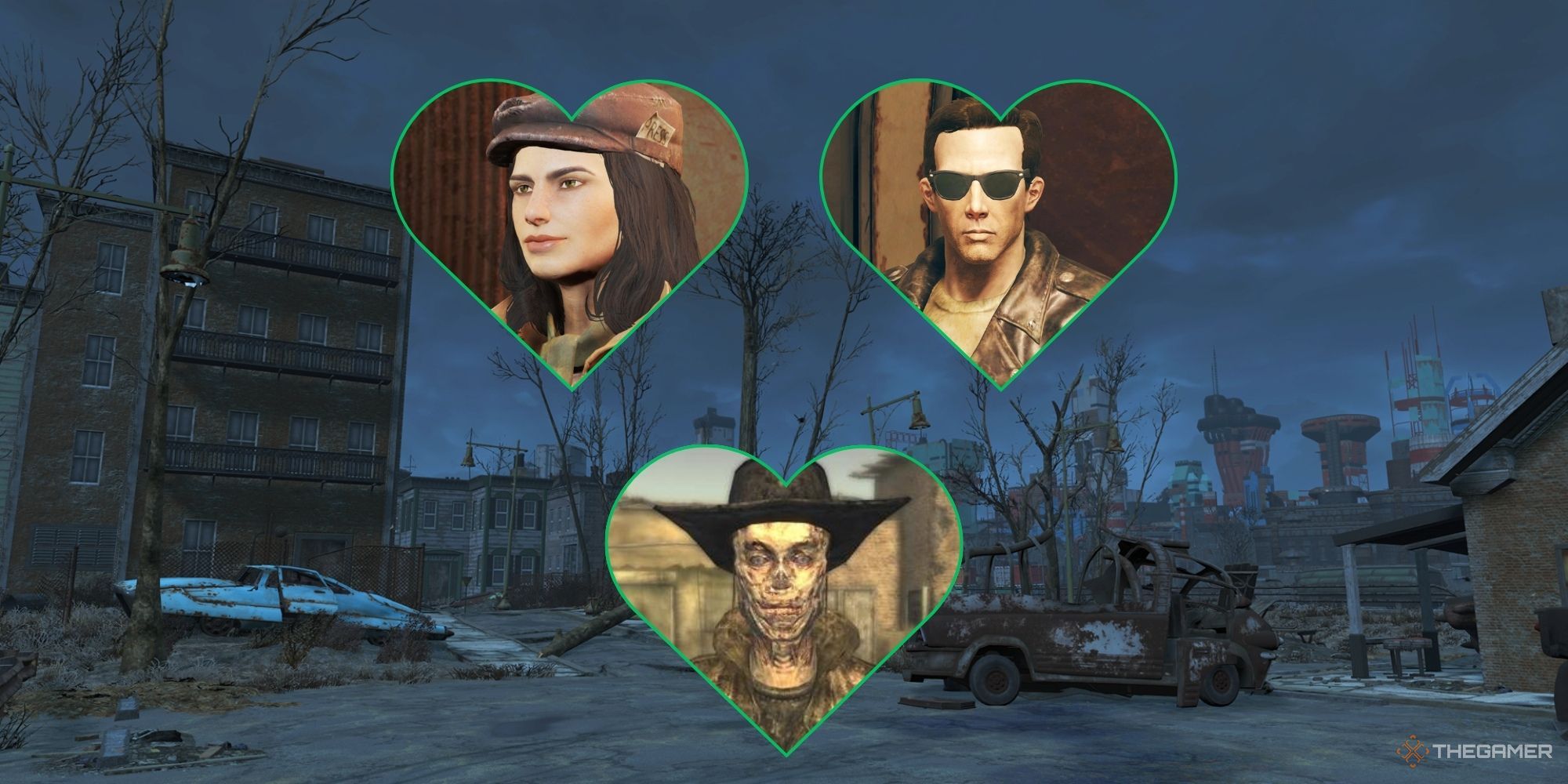
Next
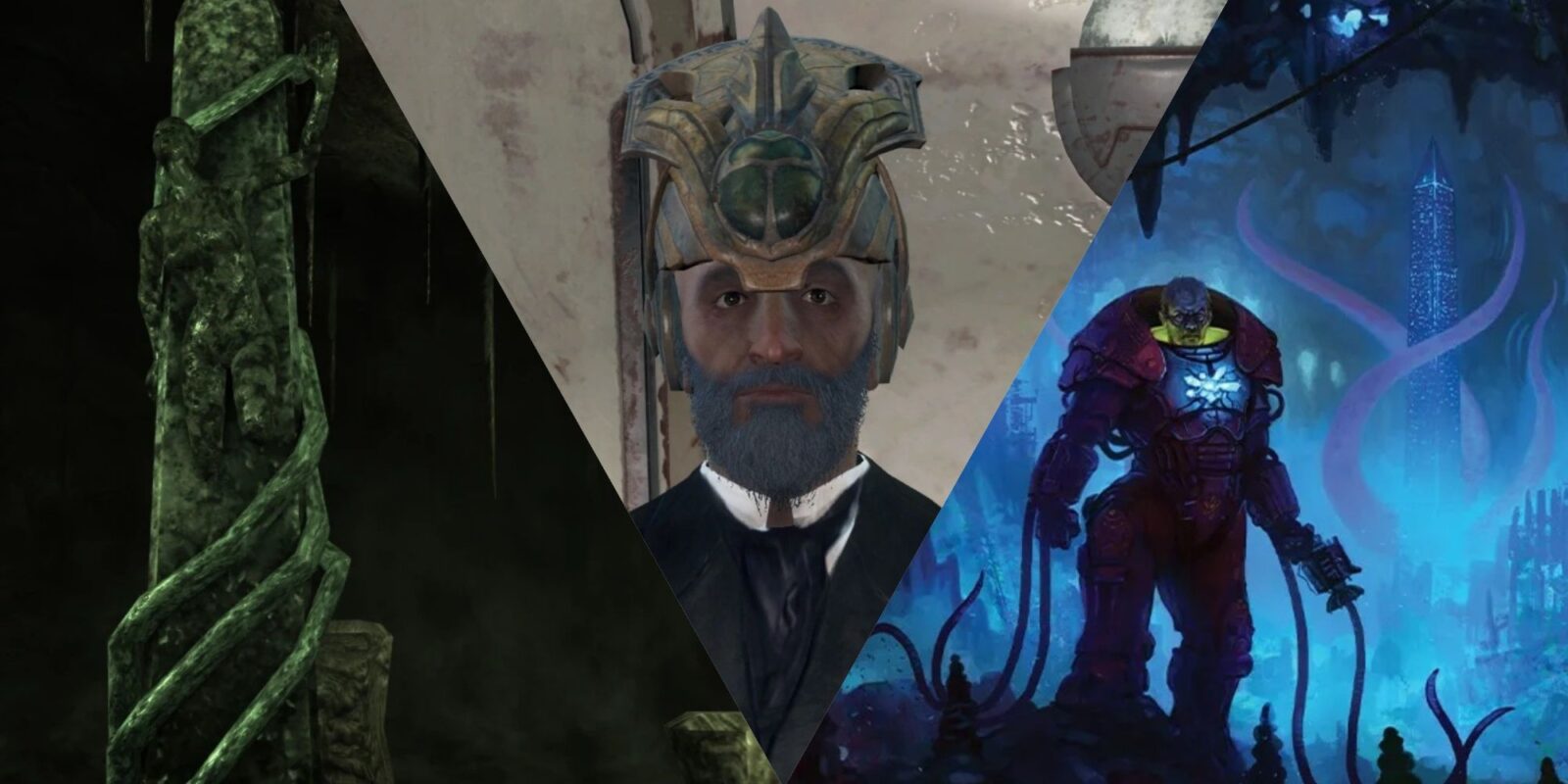

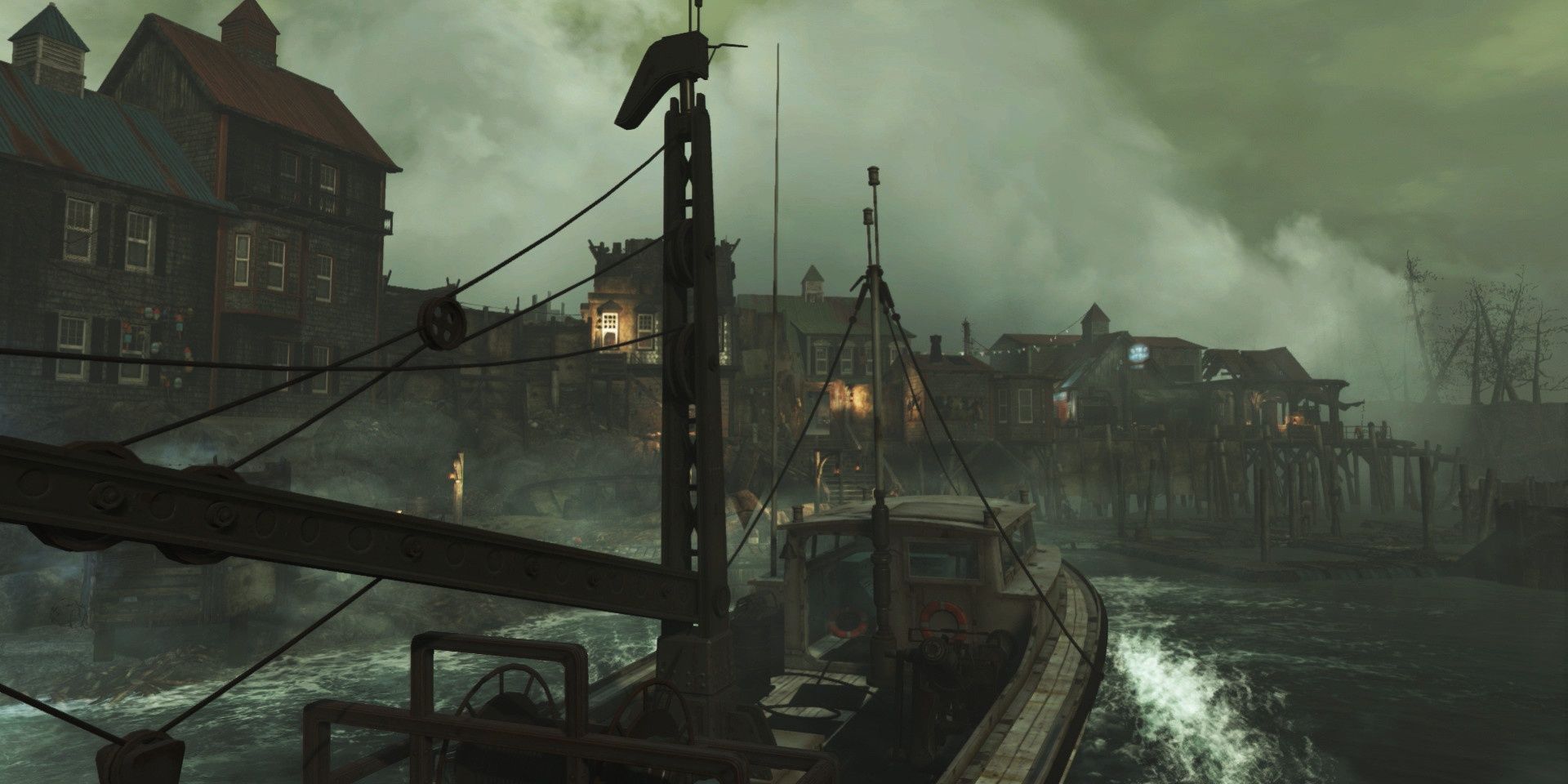
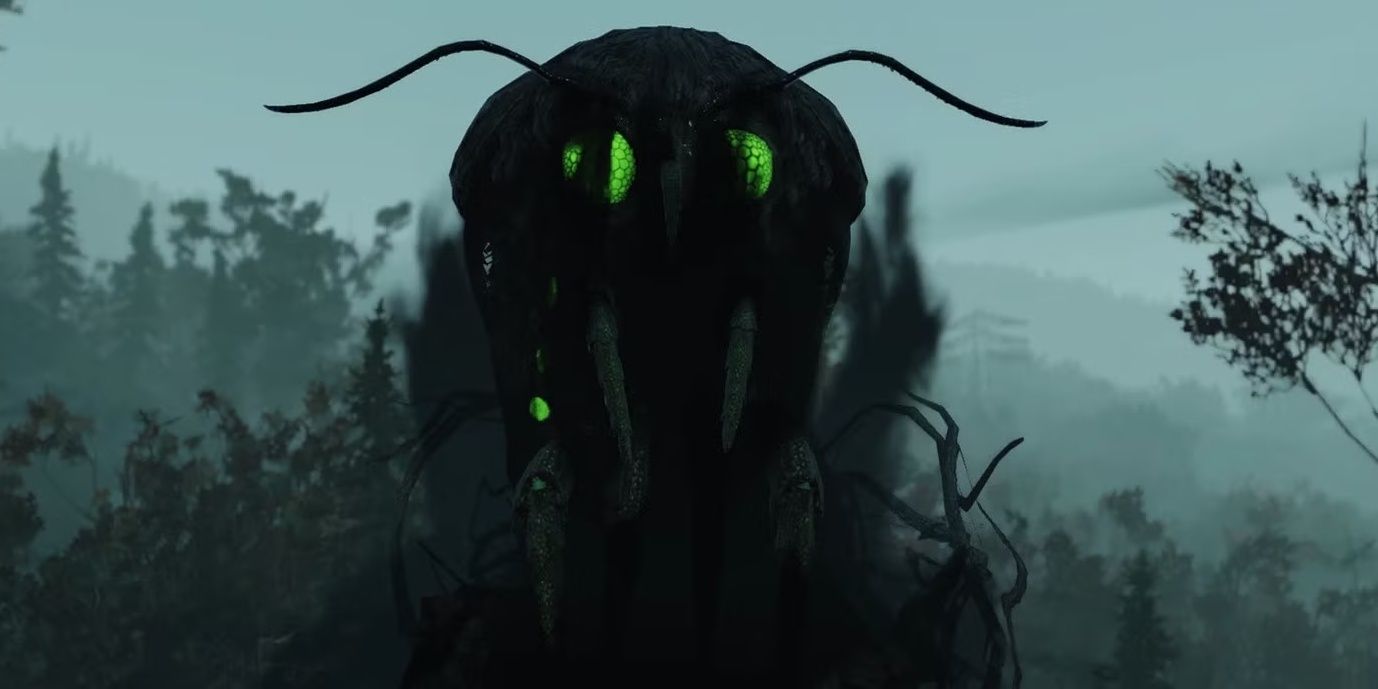
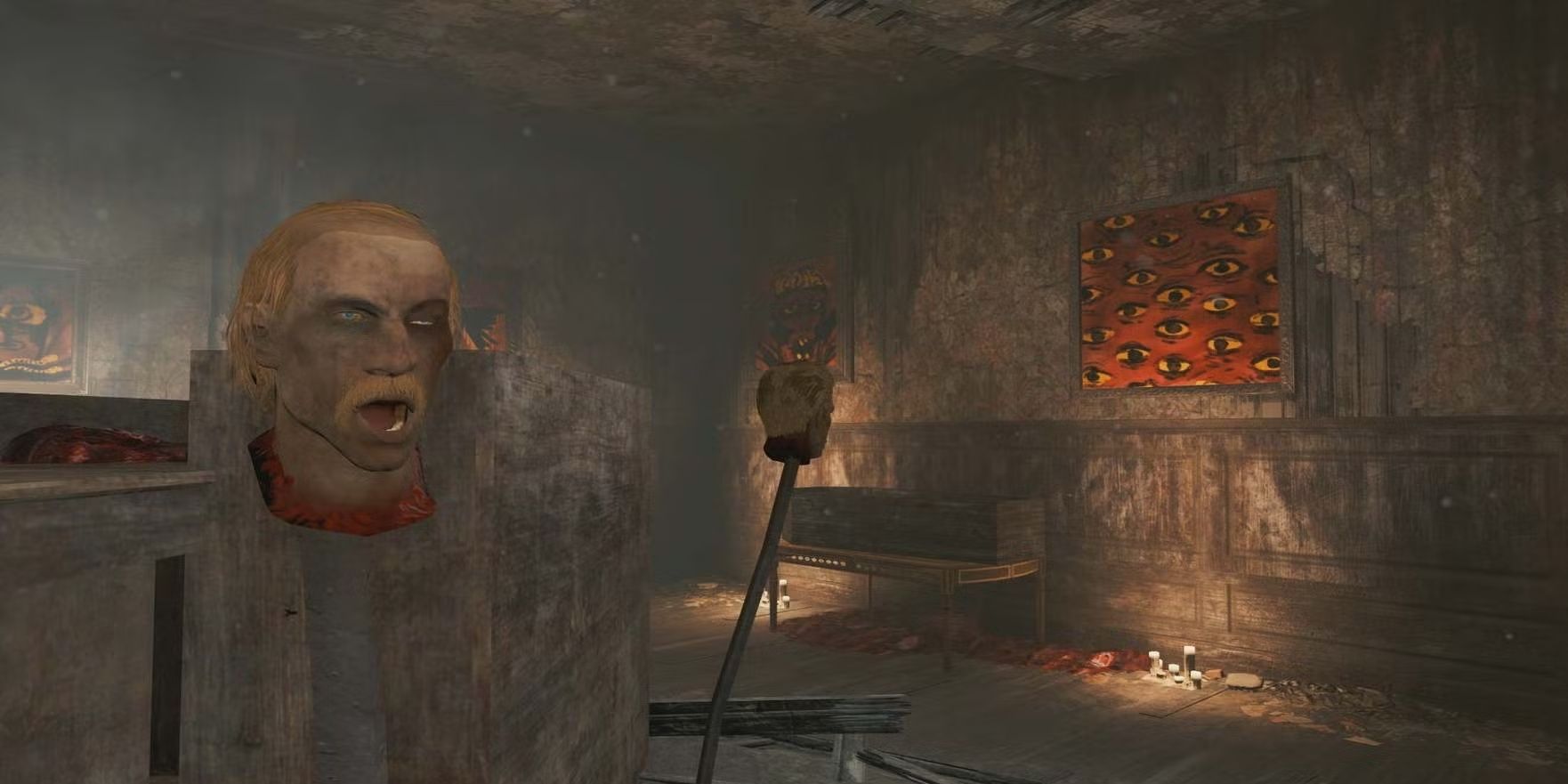
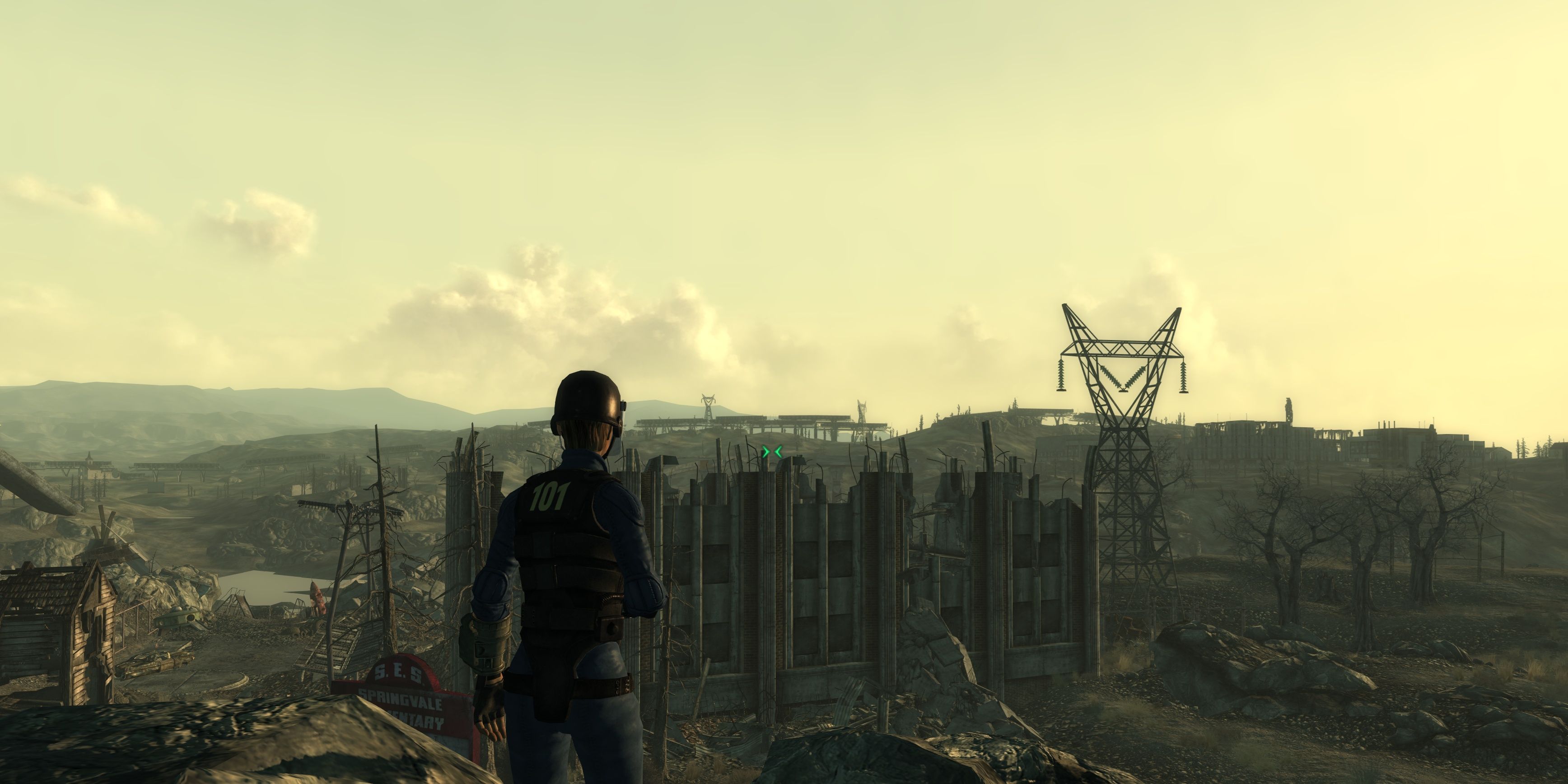
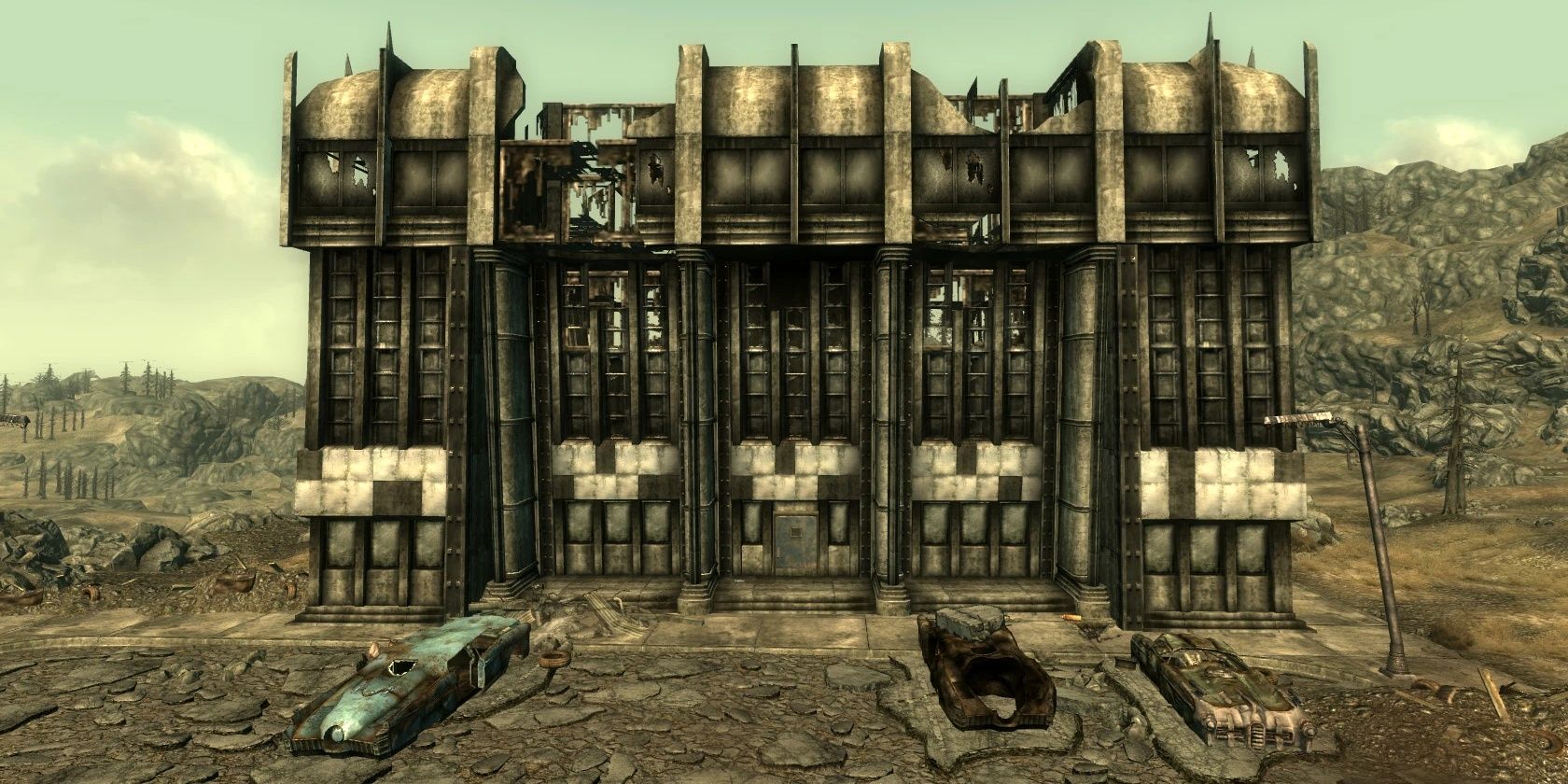

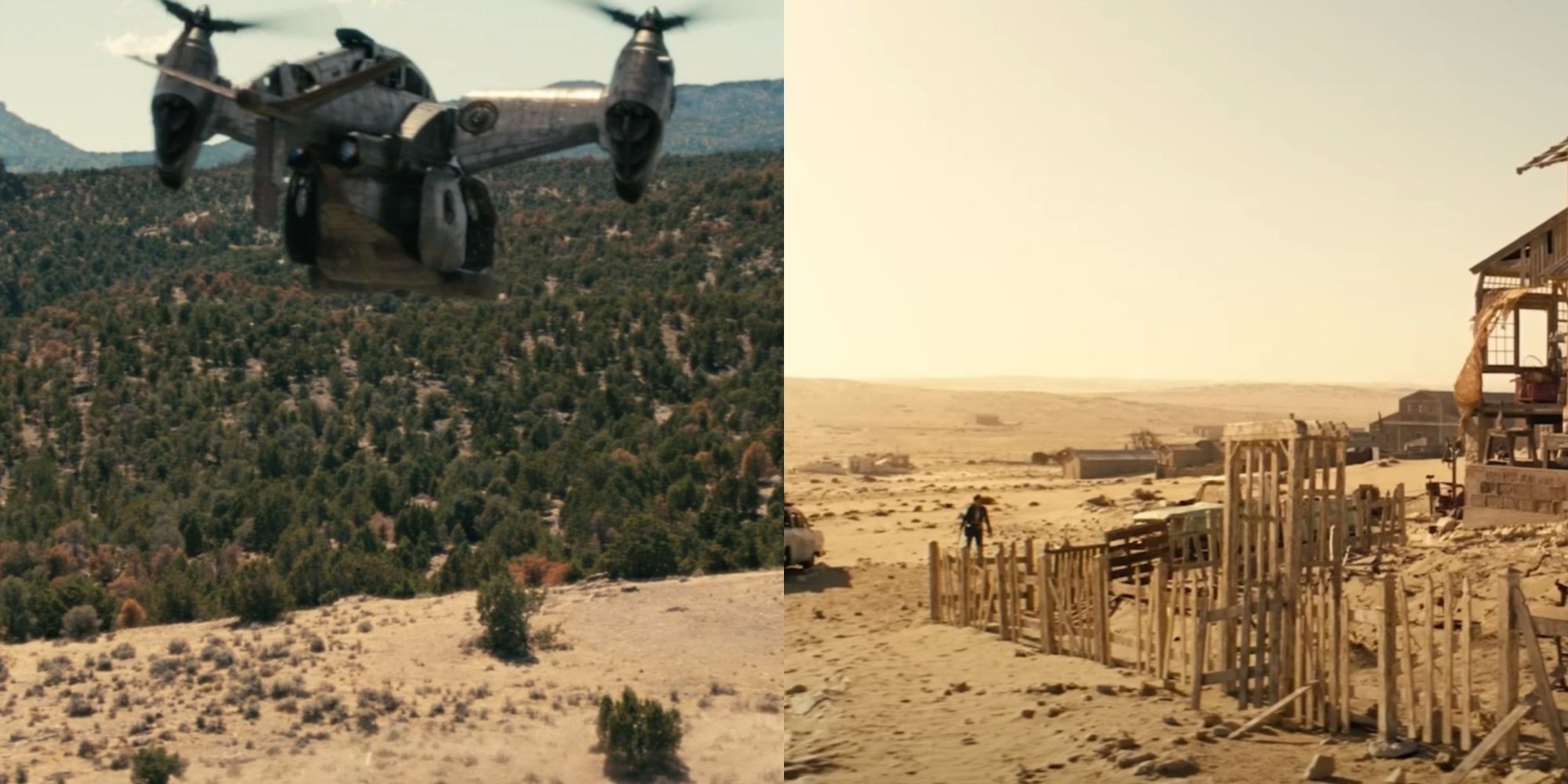
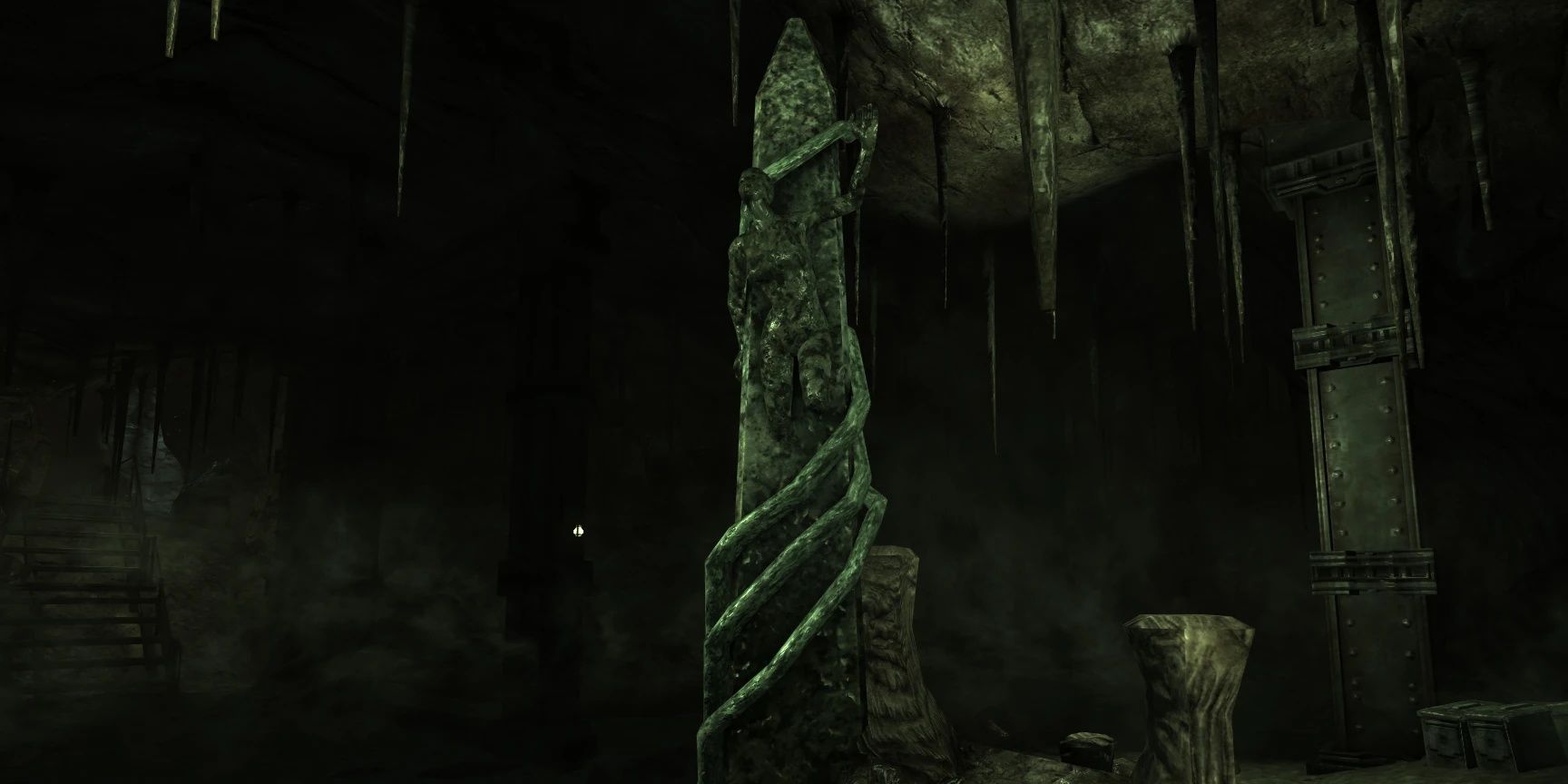
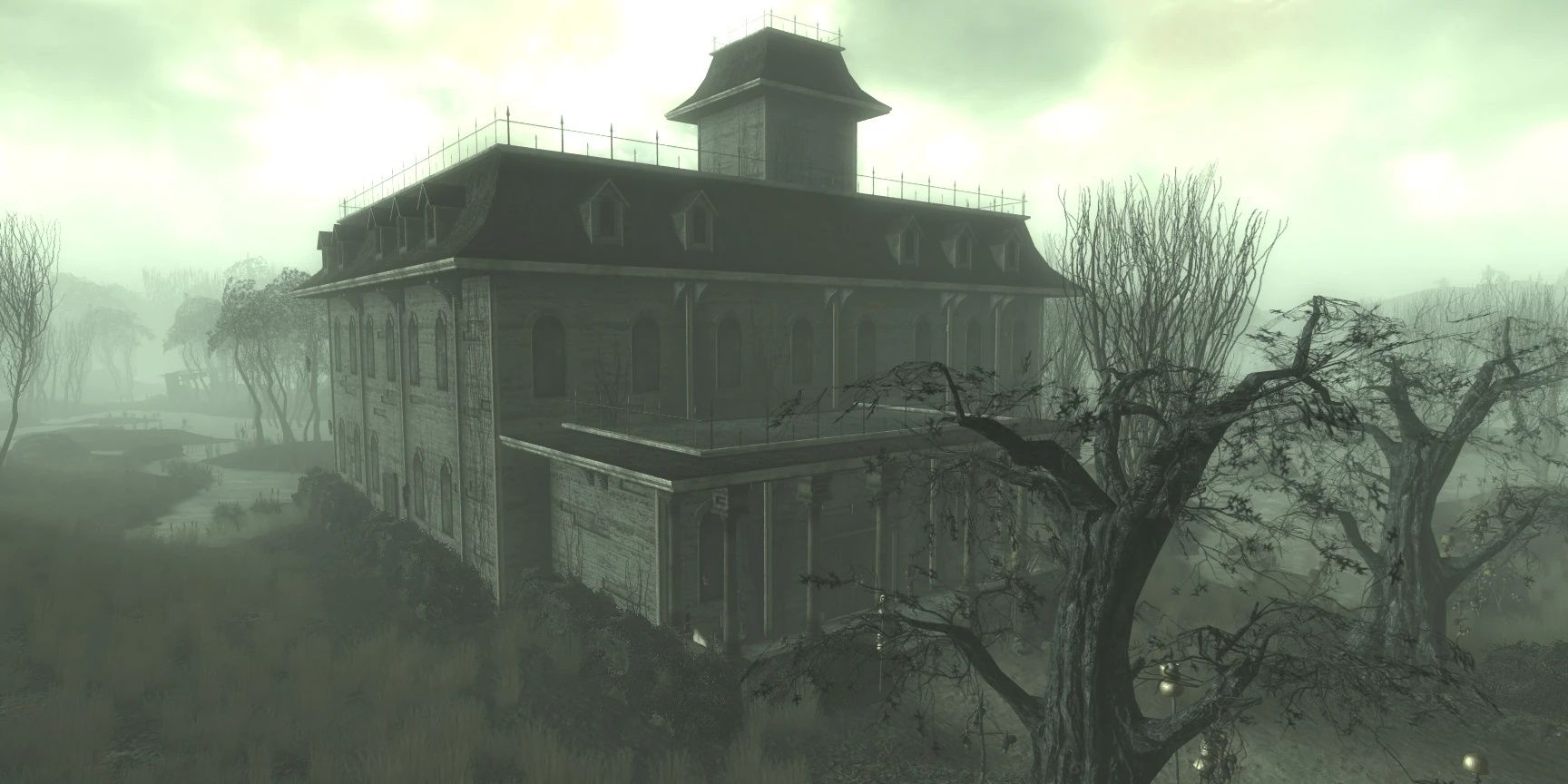
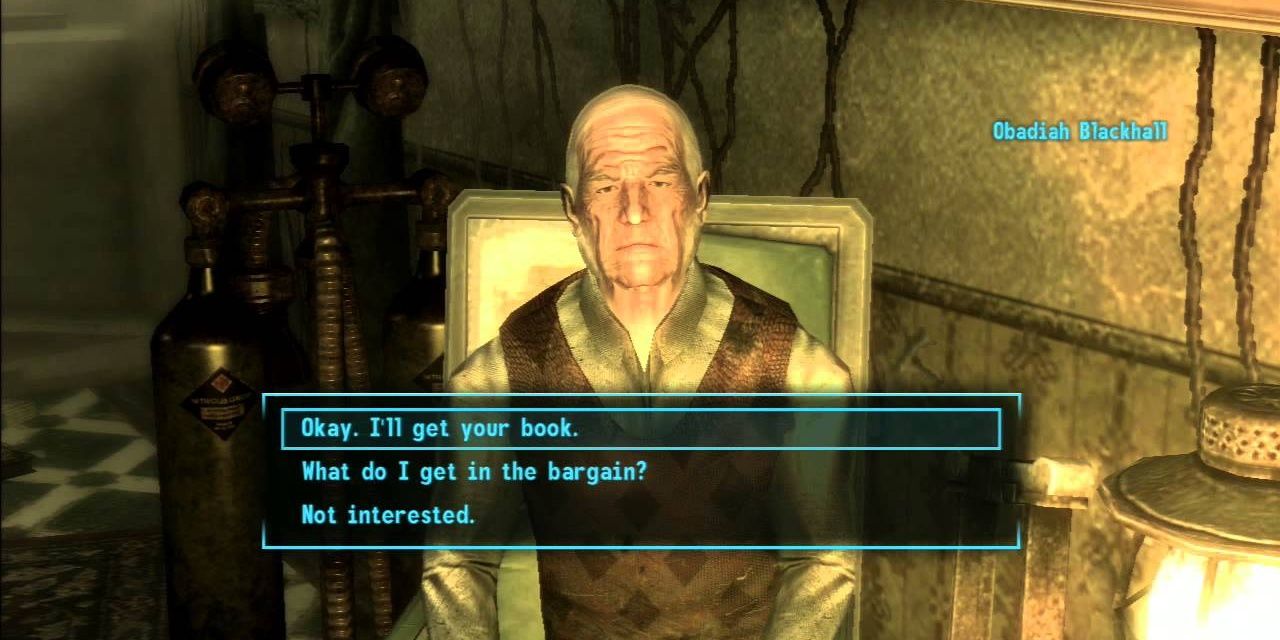
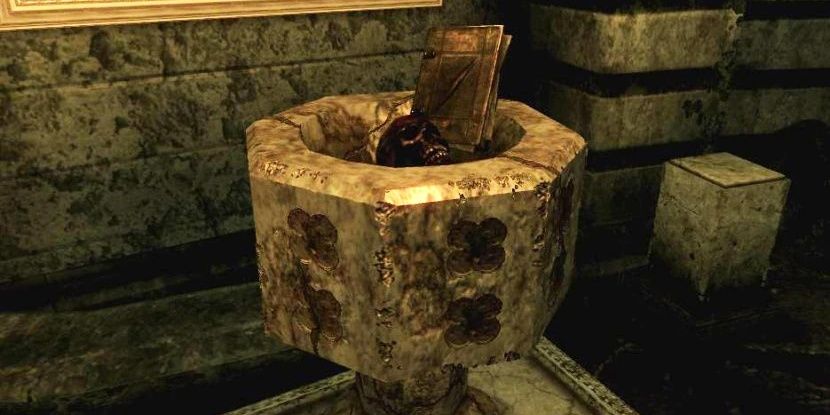
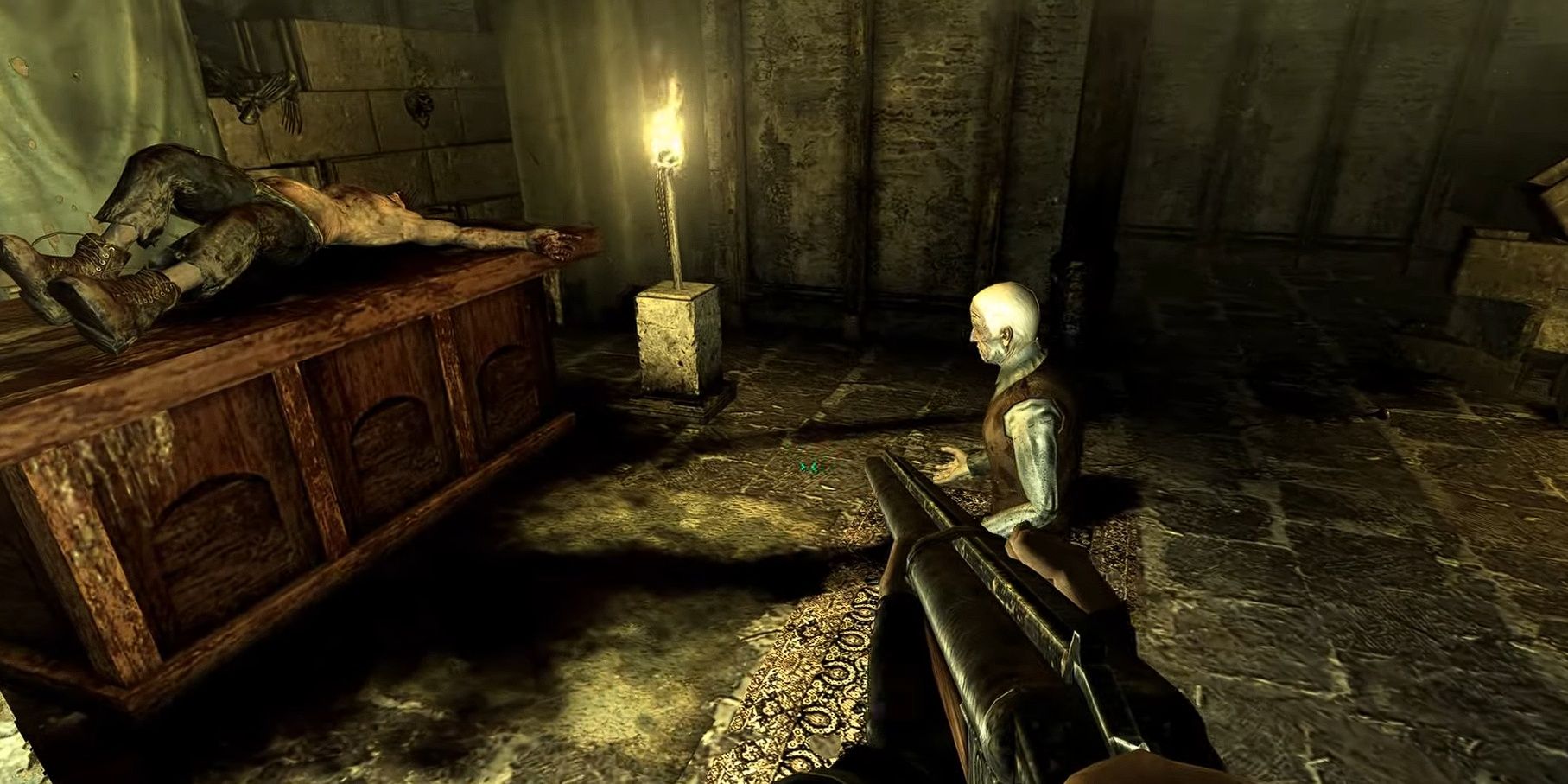
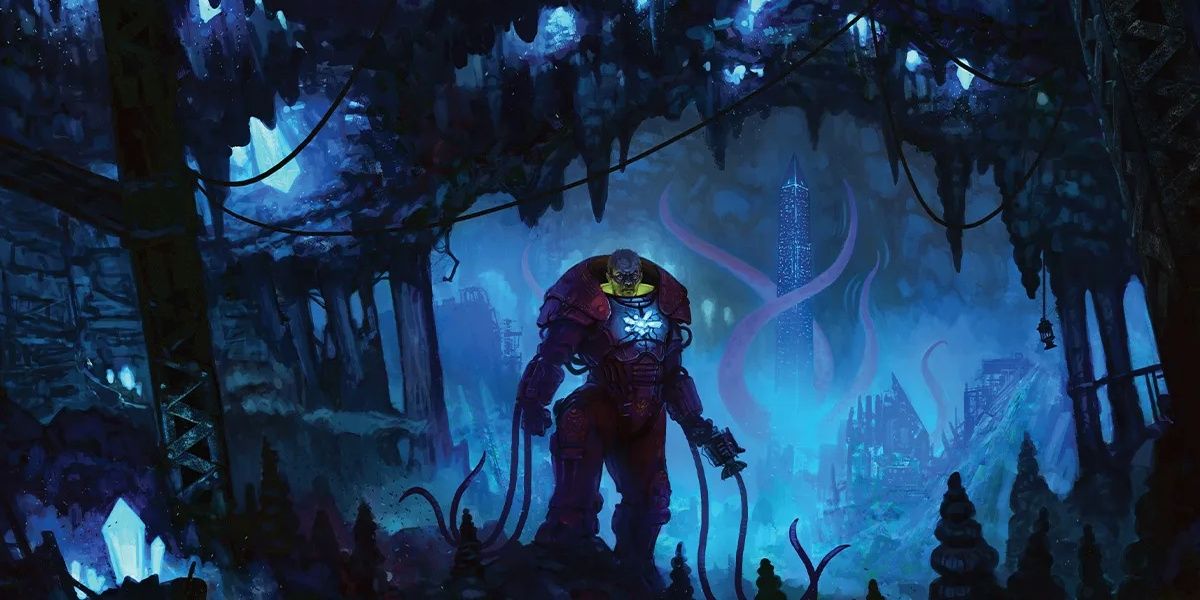
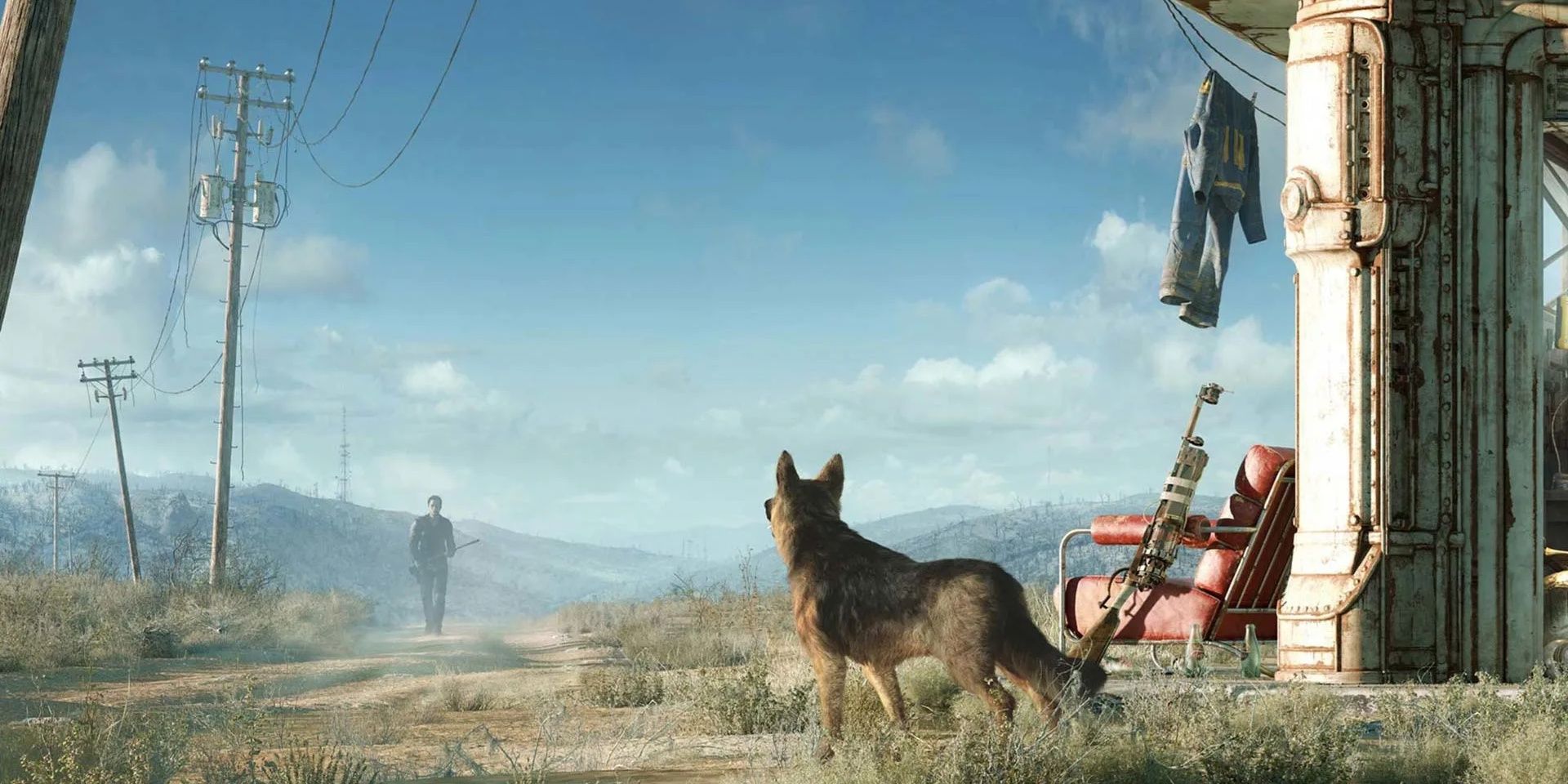
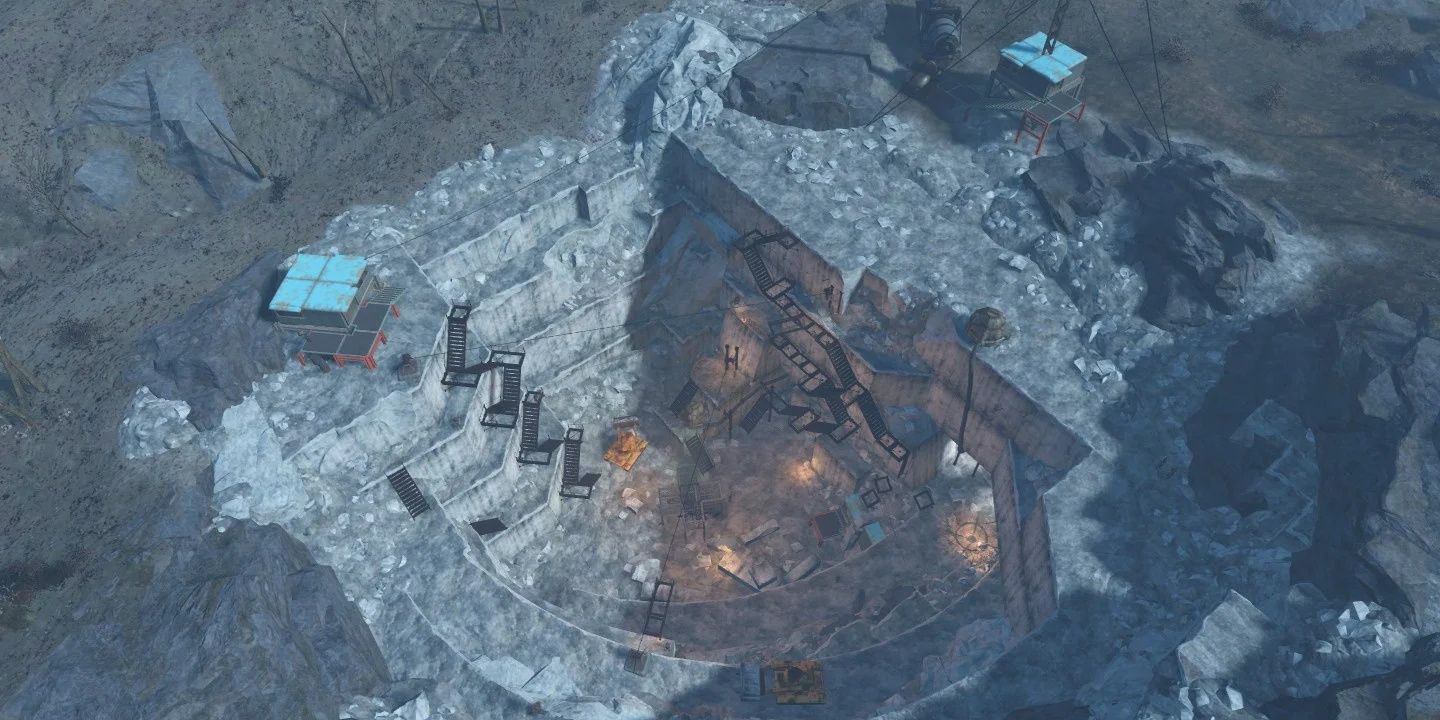
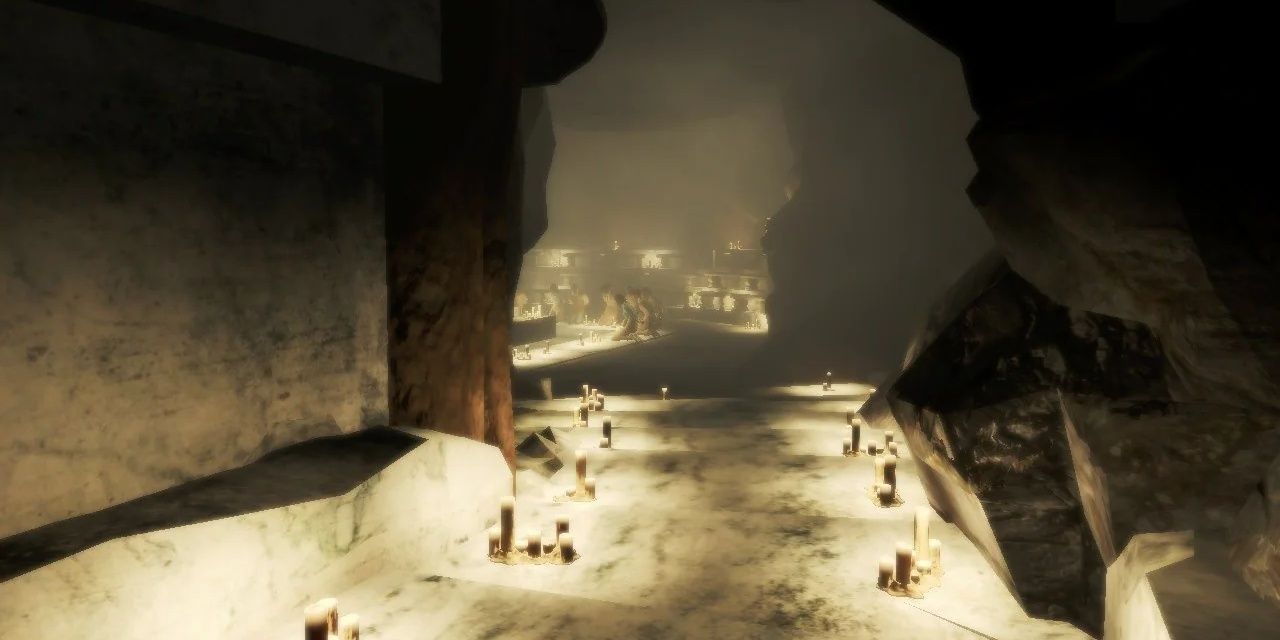
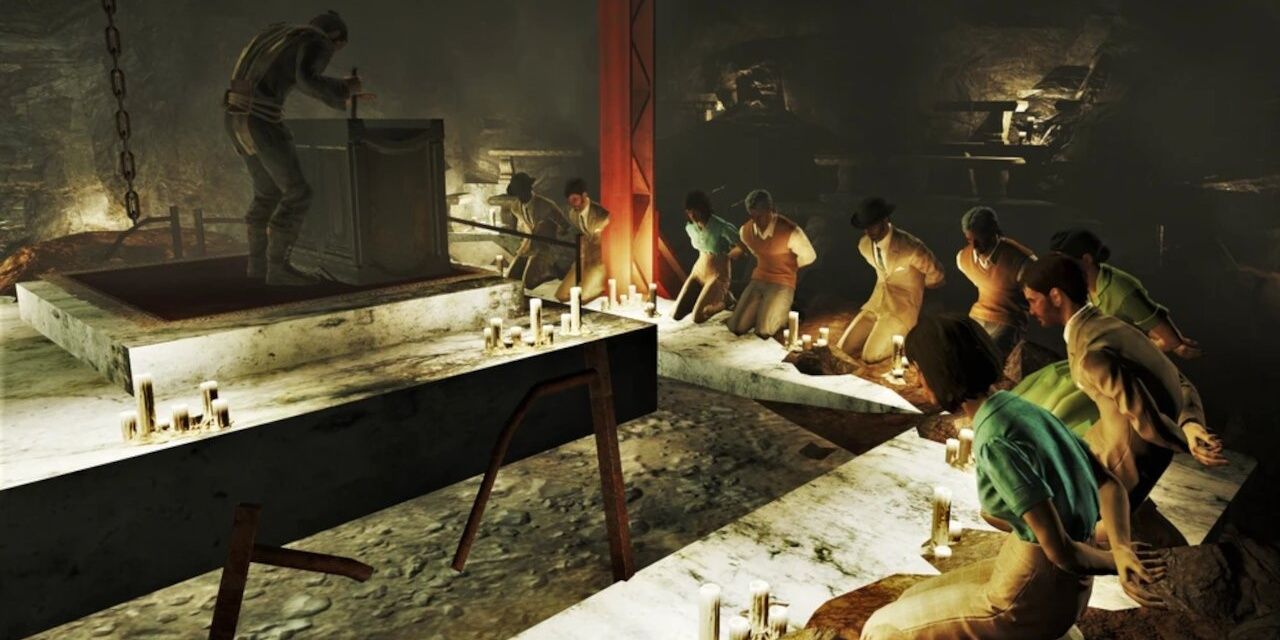
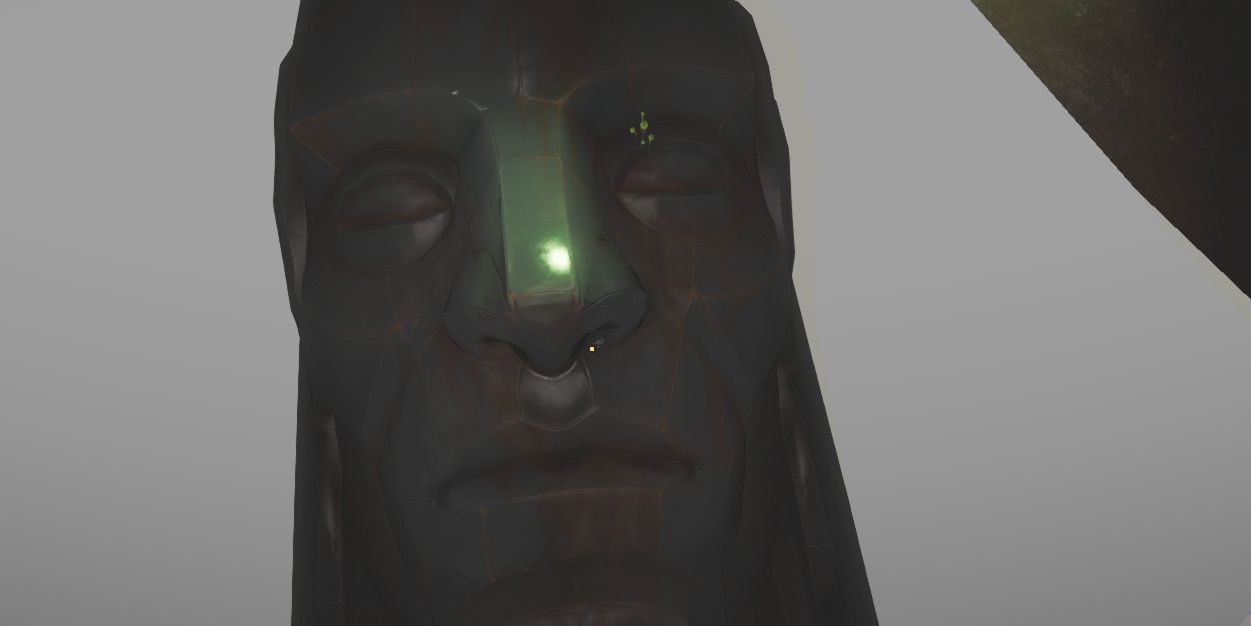
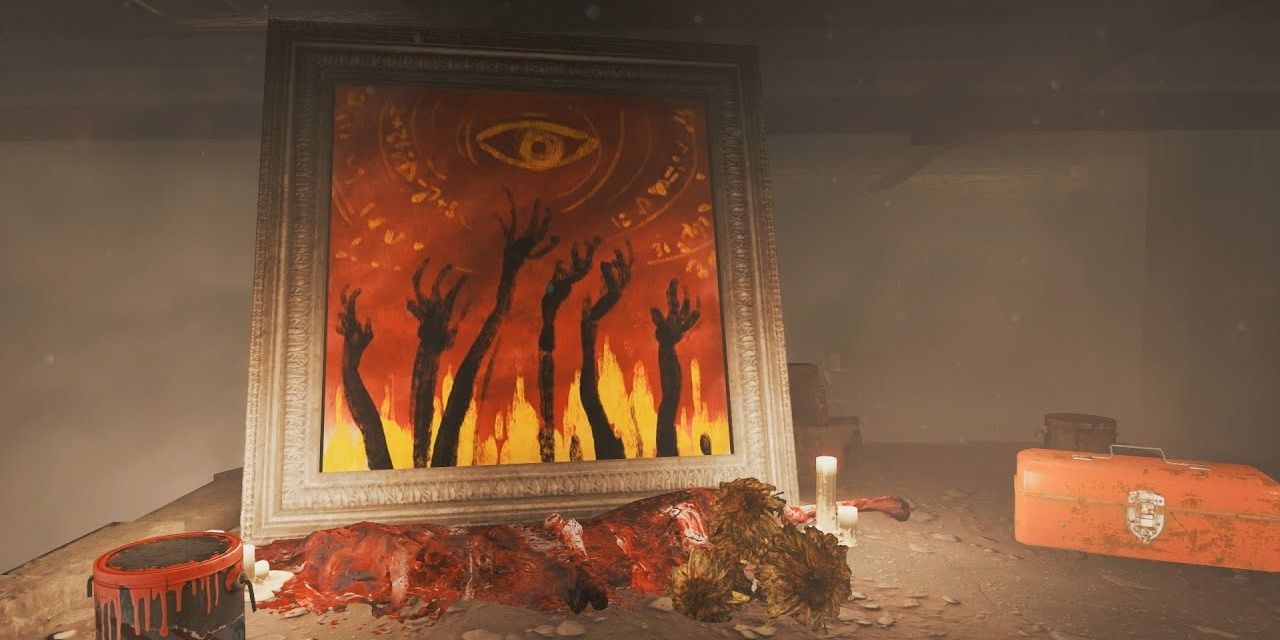
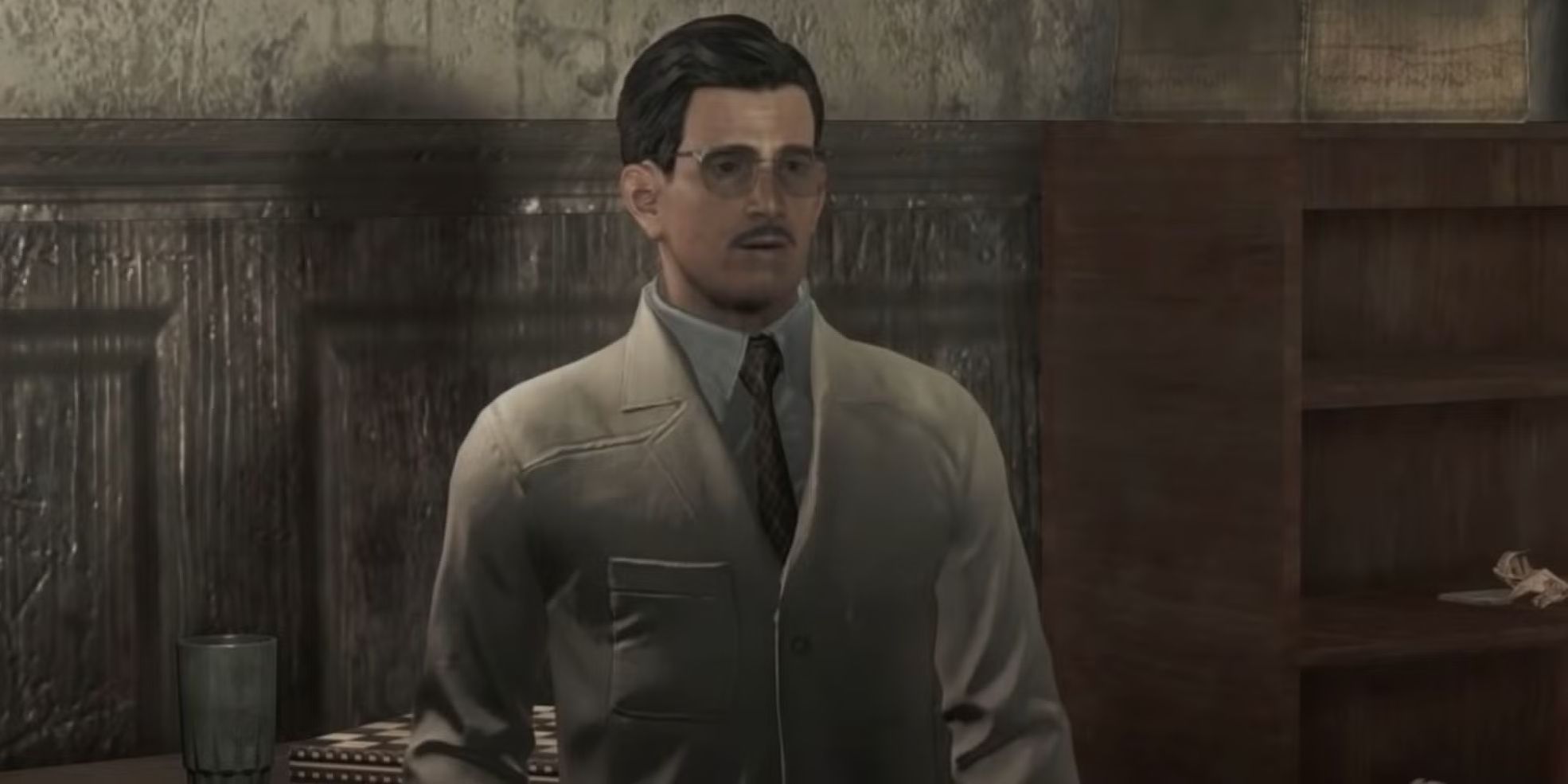
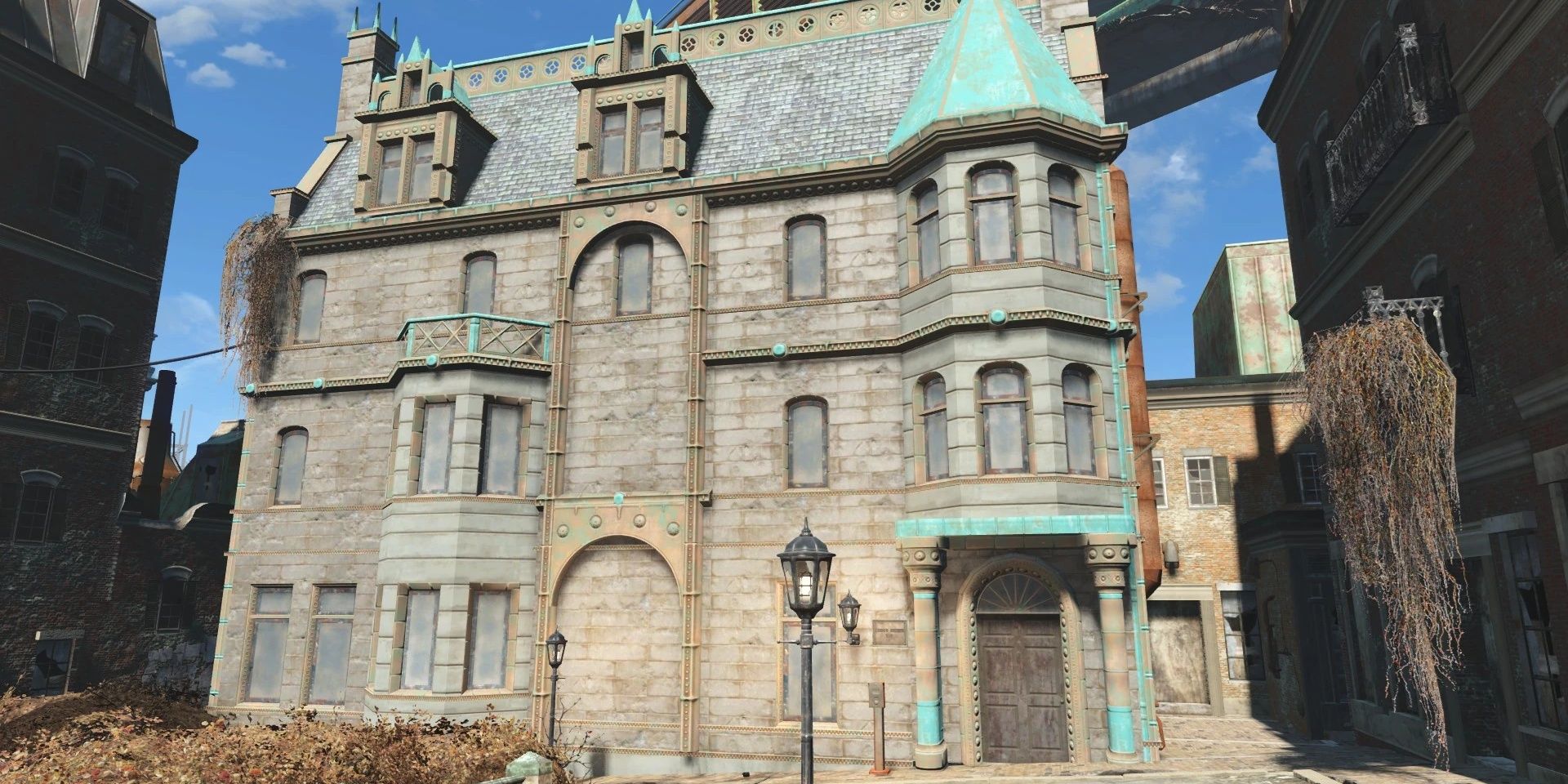
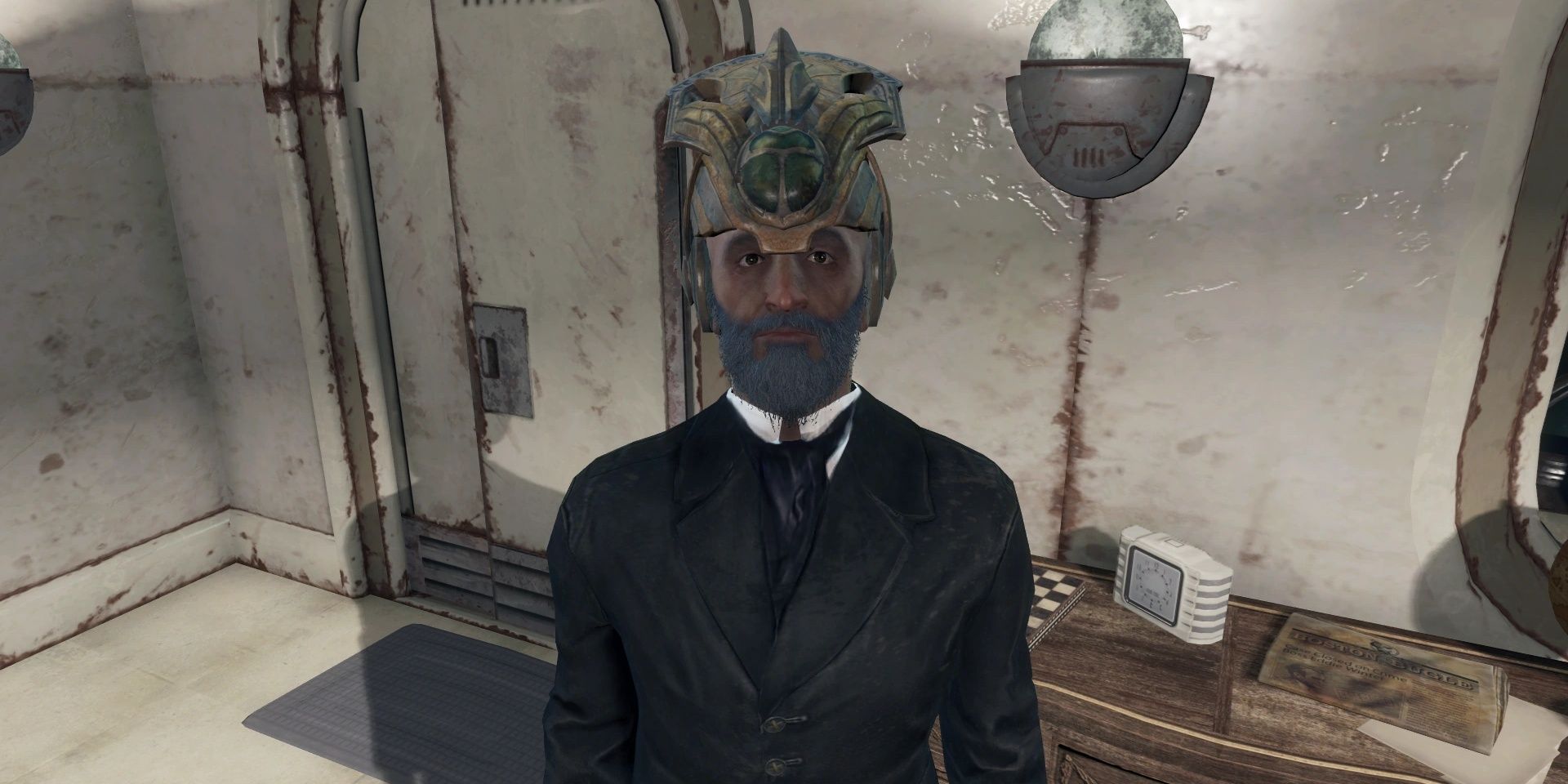
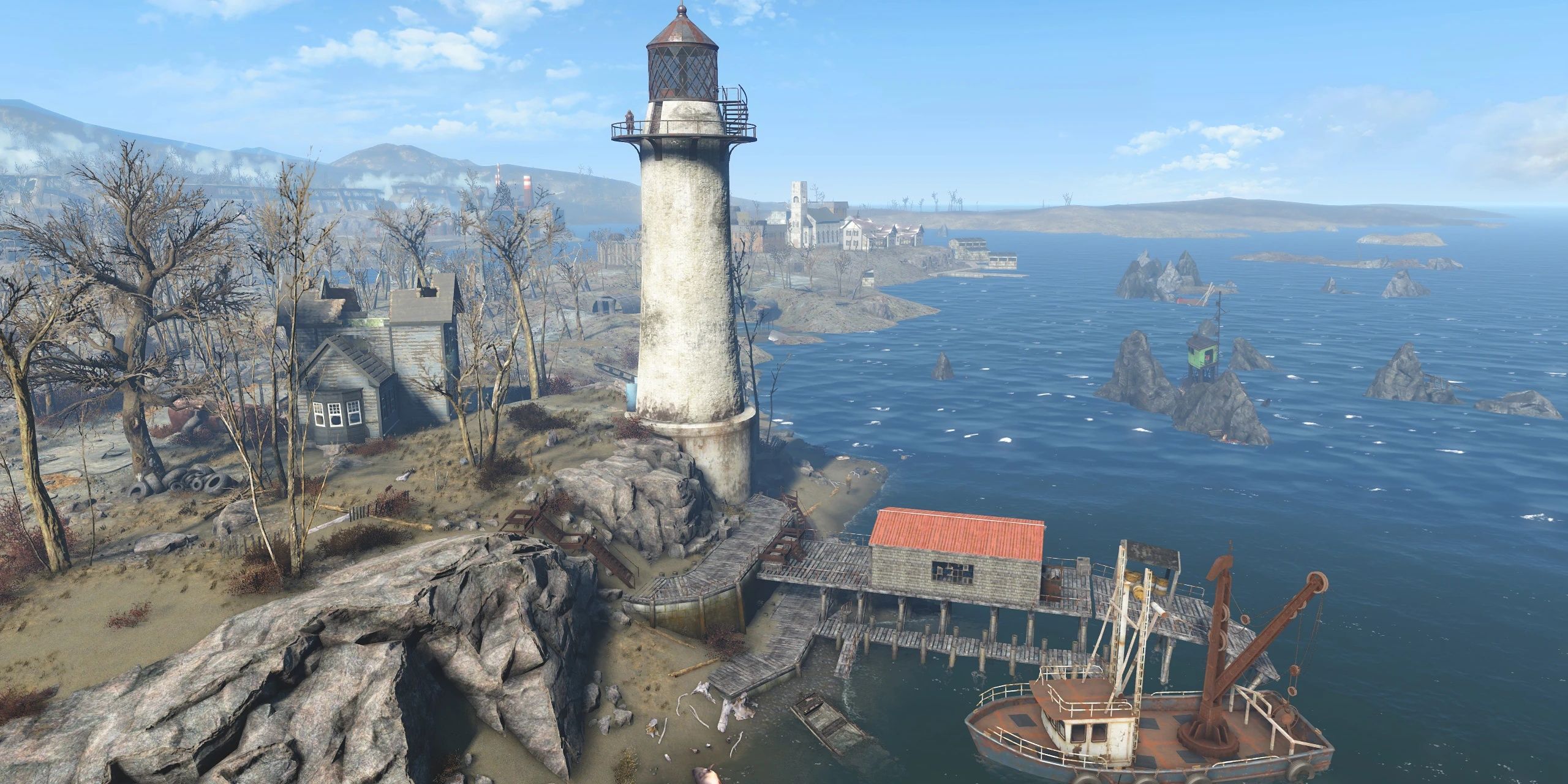
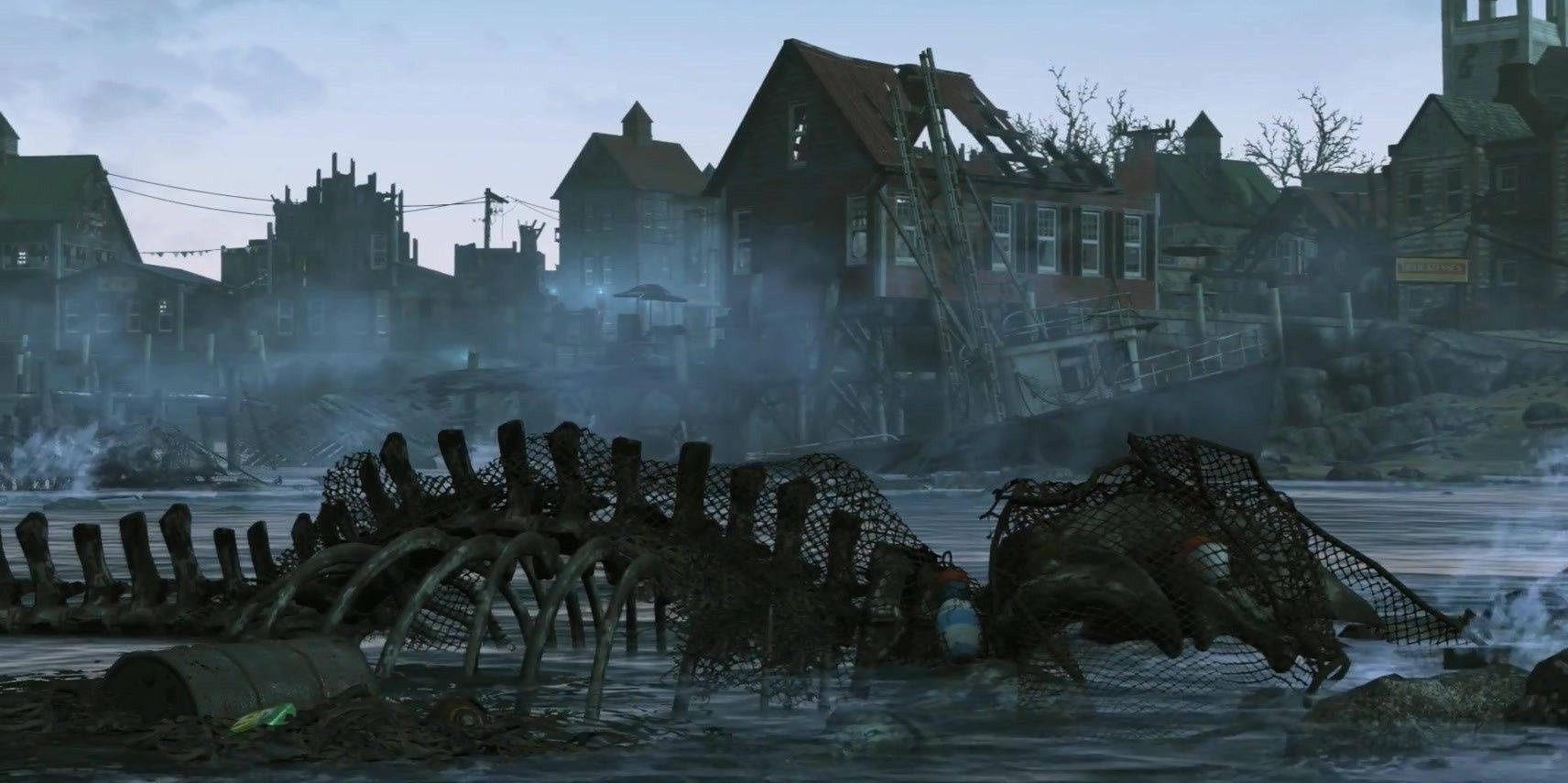
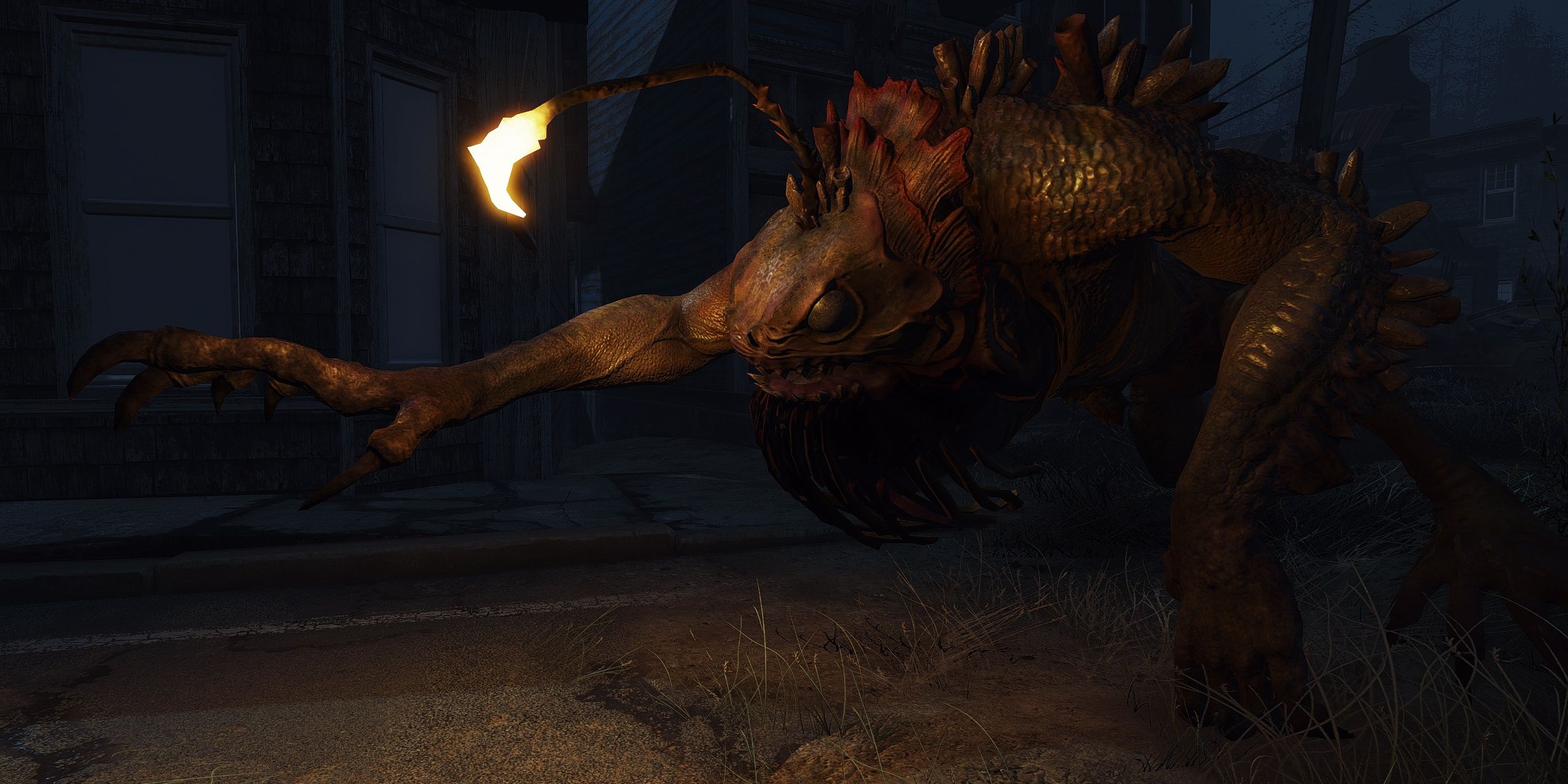
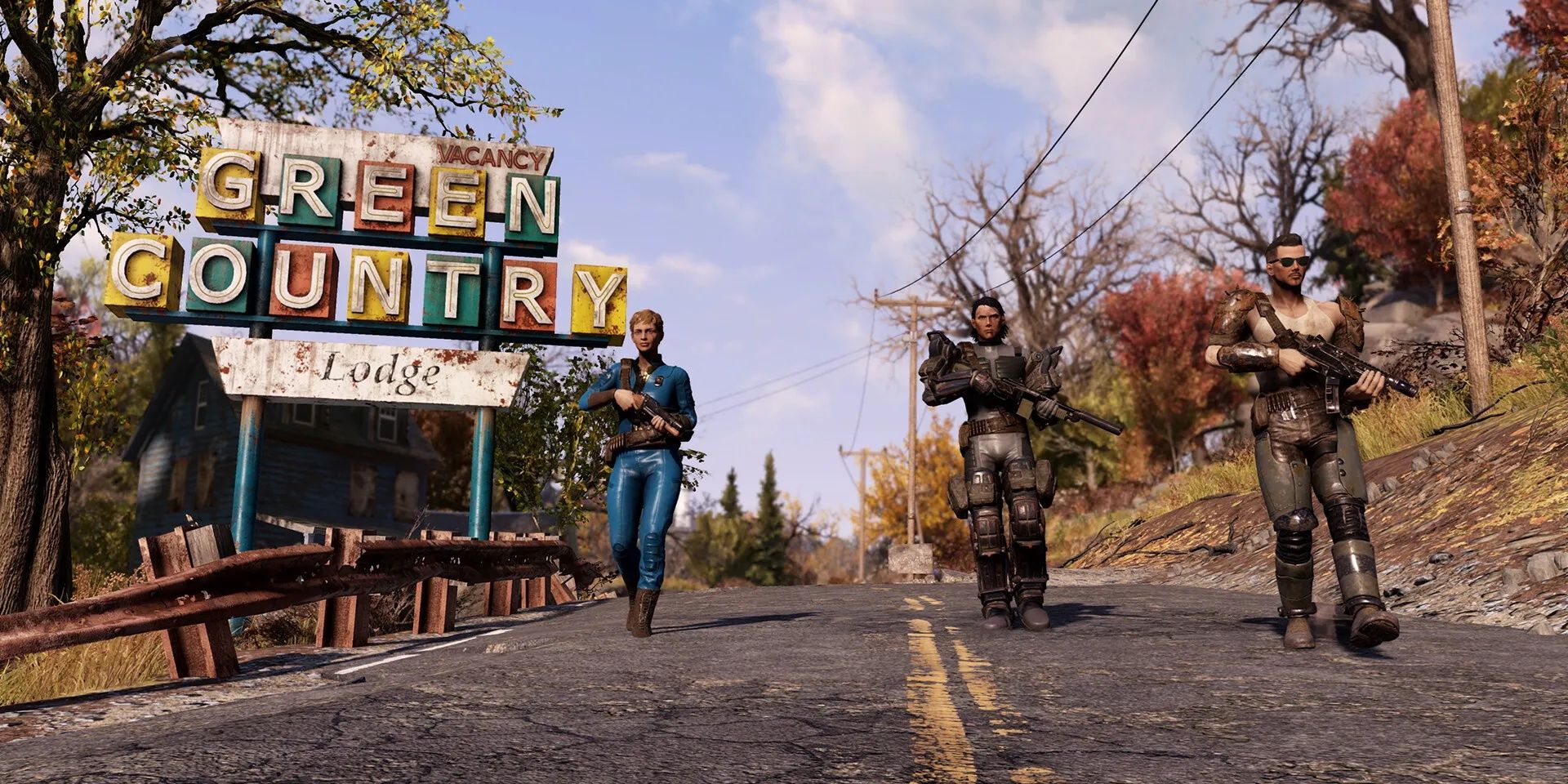
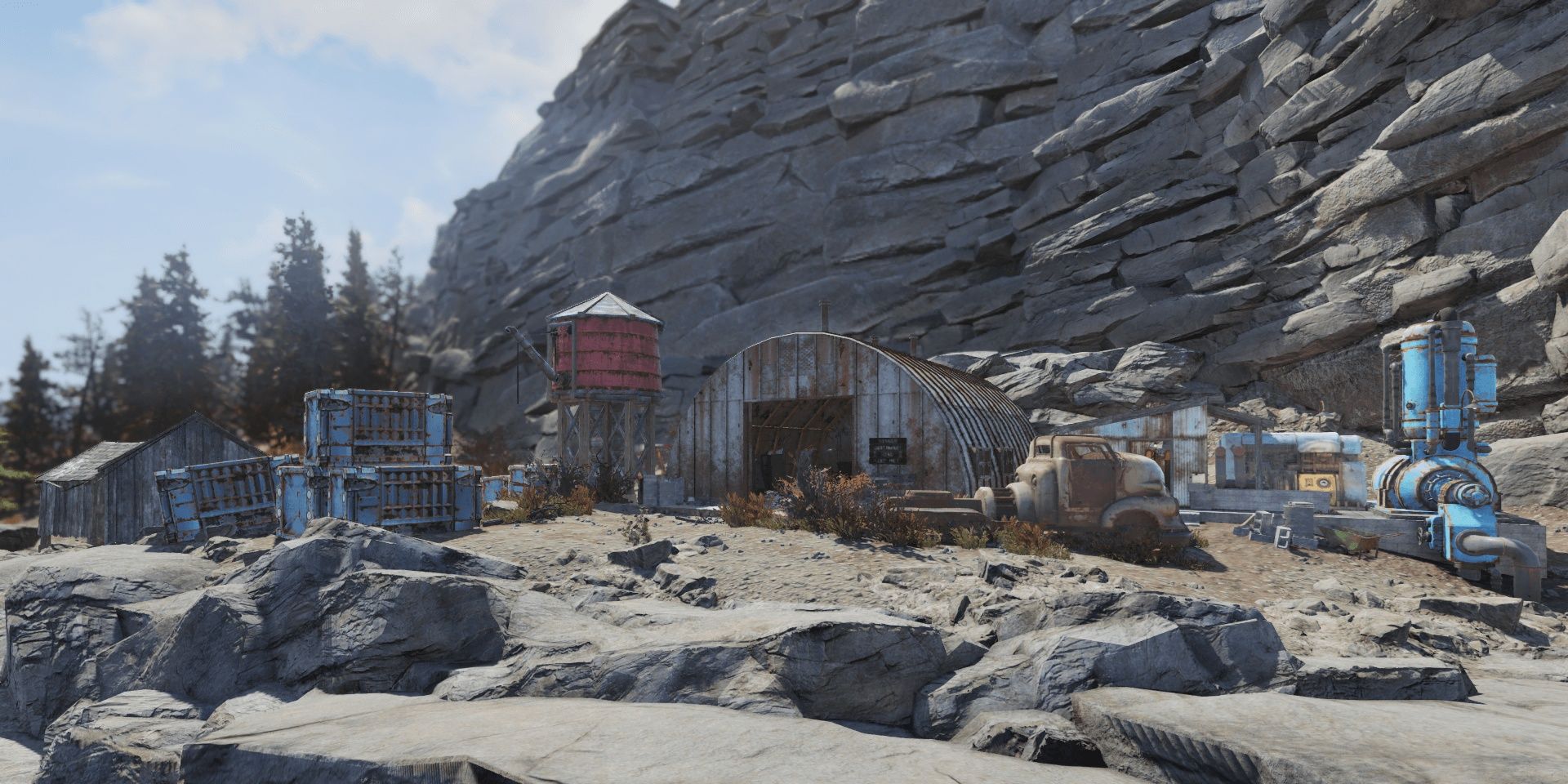
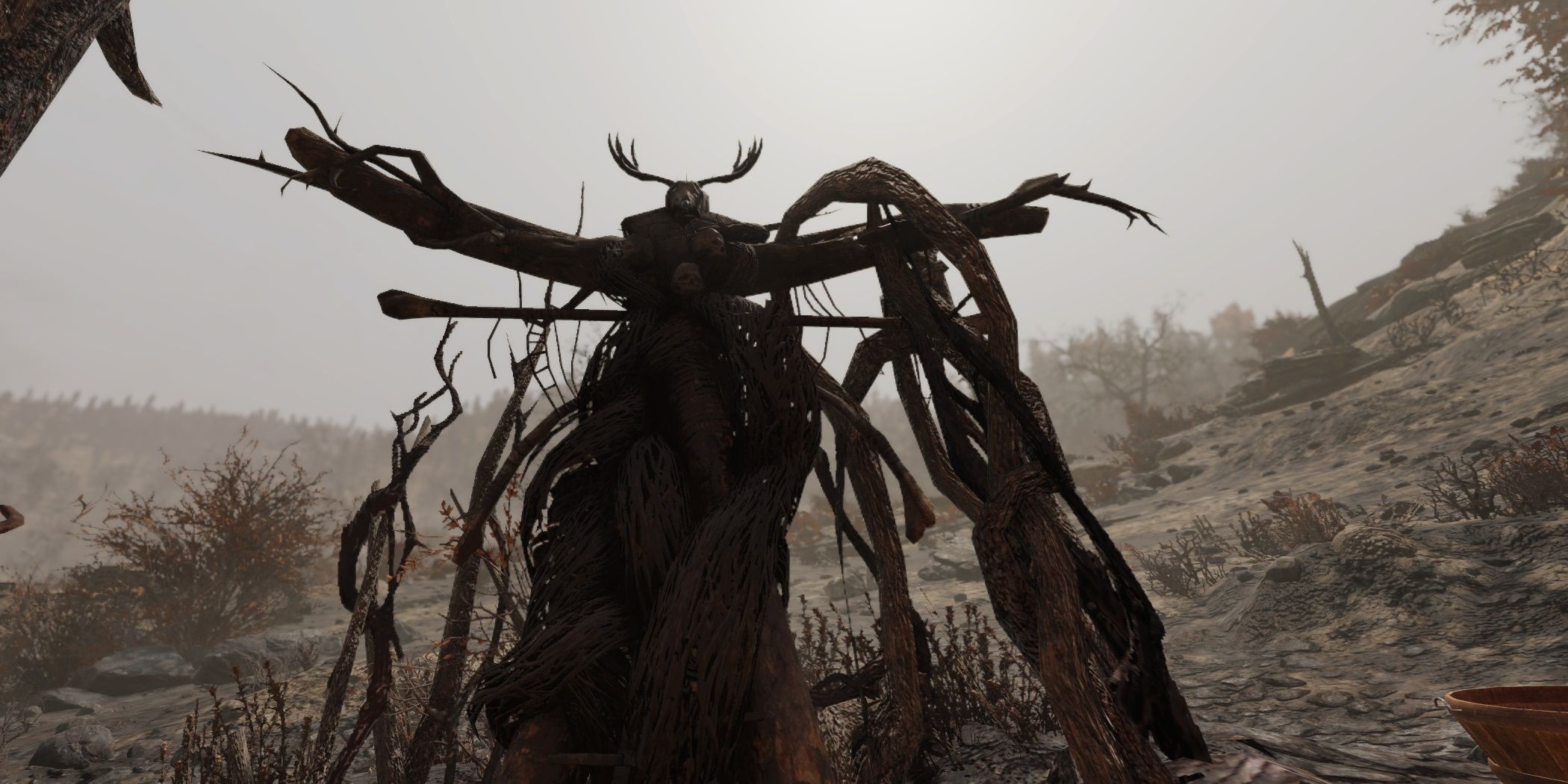
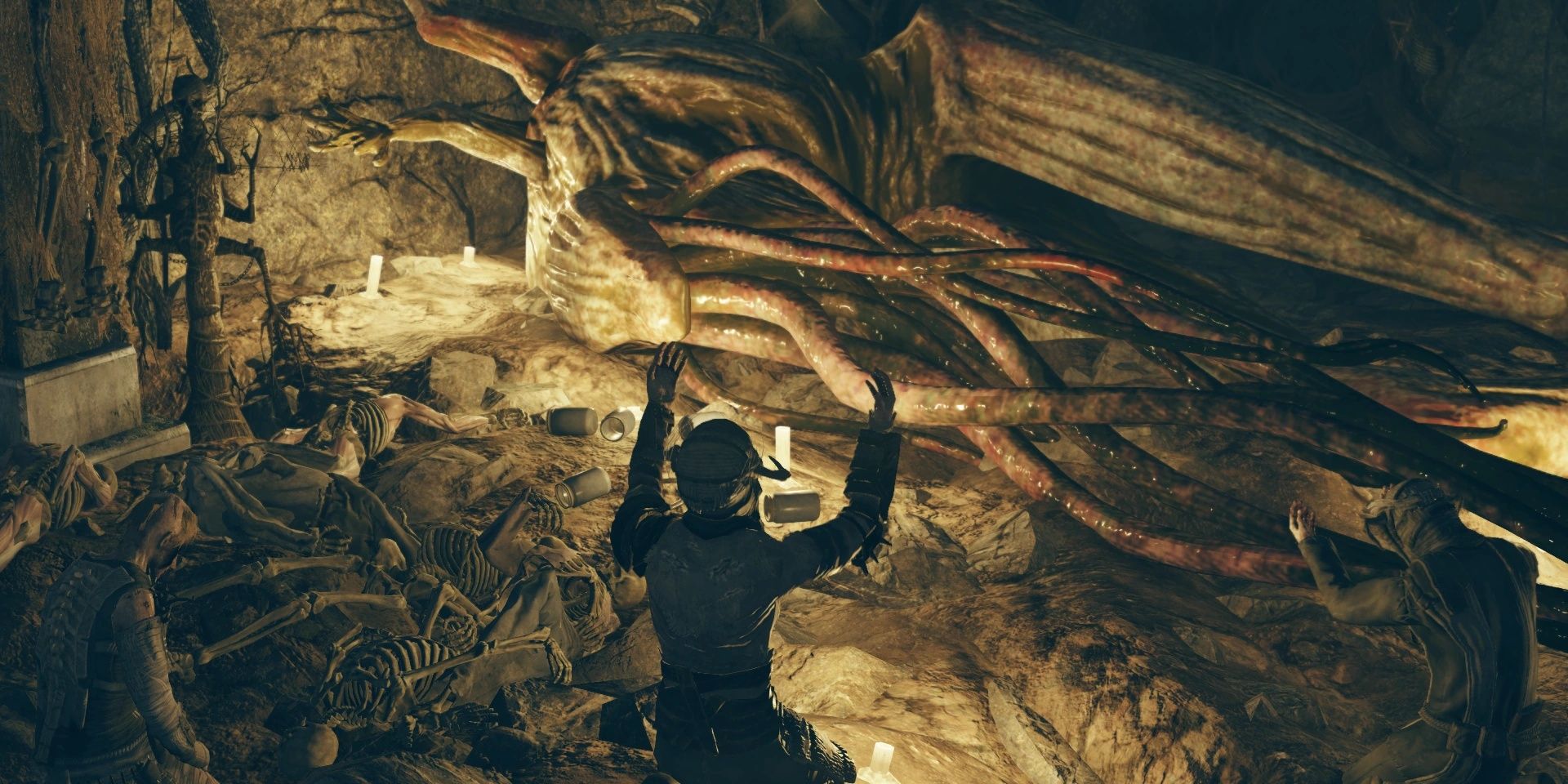


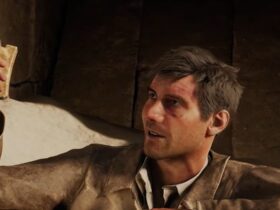


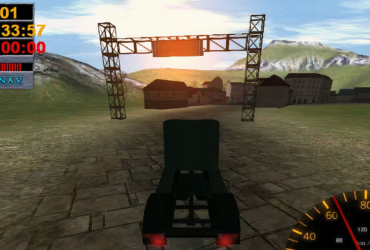
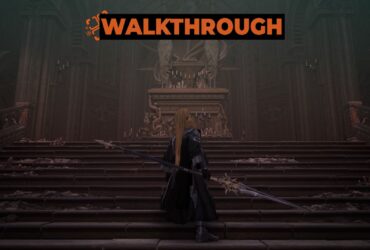


Leave a Reply